Aquamarine is a captivating gemstone known for its blue hues, ranging from pale to deep blue, often with a greenish or turquoise tint. When purchasing this March birthstone, several factors should be considered to ensure you get a high-quality gemstone. Let’s have a look at them:
Color
While you are looking to buy yourself the perfect aquamarine stone, you have to pay attention to its color. No, it’s not just a teal-transparent stone. A good-quality aquamarine will have a deep, rich blue color with a very high saturation and color evenly spread throughout the stone. Higher saturation of a stone helps in hiding any visible inclusions that might be there. Hence, a deep, rich, highly saturated color, aquamarine, is valued the most.

Tone & Hue: In aquamarines, medium to medium-dark tones are considered to be highly valued. The most favored and demanded aquas are pure blue in color. However, greenish or turquoise-colored aquamarines have also been popular in the market. A typical Aquamarine color range looks like :
Some of the famous colors are:

Clarity
By clarity, we are looking towards both the outside and the inside of the stone. High-quality aquamarines have little to no inclusions and are usually “eye-clean.”. By “eye-clean” we mean that when you look at the stone with a naked eye, all you see is the beautiful, rich, transparent aqua-colored stone.
Aquamarines and even other stones can naturally contain inclusions, which might make the stone unique in some cases. Some of the most common inclusions that one can find in an aquamarine are:
Other inclusions are Cavity, Surface Graining, Knot & Etch channel.

Cut
The cut of a gemstone contributes towards its monetary value and market demand. When it comes to this March birthstone, emerald and round cut are preferred a lot. Cuts are usually made popular by seeing which cut enhances the beauty and color of the stone. However, some other cuts that are also famous are cabochons and mixed cuts.
Let’s have a look at how aquamarine looks under different cuts:
- Emerald Cut : These are often used to make yellow-gold aquamarine rings.
- Baguette Cut : These are often used for accent stones rather than center stones.
- Asscher Cut: This is a popular solitaire ring choice.
- Brilliant Cut: This cut is often used by gem cutters to hide any visible inclusions.

Carat
Carat size affects the stone’s appearance and price. Size and quality of the stone go hand in hand. Just because you are getting a larger stone doesn’t mean that you have to compromise on the quality. You have to remember that a good quality small carat aquamarine stone is much more valuable than a large carat size low-quality one. Always remember to maintain a balance between the size and quality.

Before you buy, discover how aquamarine supports calmness, courage, and emotional balance in What are the healing benefits of Aquamarine?
Grading Aquamarine
Aquamarines are graded on the basis of the 4 C’s that we discussed above. The grading scale for aquamarines allows them to be graded as AAAA stone, AAA stone, AA stone, and B stone. AAAA is the highest quality of aquamarine to exist. Of course they are rare to find as well. When it comes to clarity, AAA grades are preferred, as they are the perfect combination of quality and value.

Heat-Treated Aquamarine
Natural heat treatments can improve the color of aquamarine, just like they can for many other stones. Heat-treated aquamarine is still regarded as 100% natural; the treatment is permanent and produces beautiful results. In addition to improving saturation, heat treatment lessens the quantity of inclusions in the stone that degrade quality. Without compromising the gemstone's durability or inherent composition, heat treatment is an entirely safe method of enhancing its appearance and color.

Real v/s Fake Aquamarine
|
Basis |
Fake |
Real |
|
Color |
Same colors from different angles |
Shows different colors from different angles |
|
Clarity |
Lacks natural clarity |
Appears with minimal inclusions |
|
Touch |
Feels warm when in contact with the skin |
Feels cool to touch |
|
Bubbles |
Comes with small air bubbles |
Bubbles are not visible to the naked eye |
|
Heat Test |
Gets damaged when exposed to heat |
Heat resistant |
|
Transparency |
Appears cloudy |
Transparent under heat |
|
Gemstone Test |
Display is inconsistent |
Displays a specific refractive index |
Aquamarine Types and Prices

Buying Tips for Aquamarine
In a nutshell, when buying you should remember these key points to get yourself the best quality aquamarine :
1. The quality of an aquamarine is usually assessed based on its hue, which displays a variety of blues. Select an aquamarine with blue tones or a turquoise hue, as they are thought to be more valuable. There shouldn't be any lighter or darker areas inside your aquamarine; it should be a uniform blue-green hue.

2. You need to make sure your aquamarine is eye clean, meaning it should have no obvious imperfections, cuts, or blemishes.

3. Select a piece of jewelry that features a huge aquamarine: this uncommon natural gemstone comes in a variety of large sizes with stunning deep tones that glitter brilliantly. Aquamarines less than three millimeters are not advised since they appear nearly colorless. Jewelry that is more than six millimeters in size has a deeper blue hue.

4. An aquamarine cut nicely raises the dazzling factor. Emerald- or oval-cut aquamarines should be the first choice since they vividly highlight the natural color while creating exquisite jewelry.

5. Your jewelry's blue-green aquamarine hue is enhanced by a diamond halo or diamond accent around the ring. So if you can, try going for an aquamarine and diamond combo for that extra luxurious feel.

6. Although yellow gold is a good option if you want to go with the vintage jewelry design, white gold jewelry is the most common choice for aquamarine.

7. Tell your jeweler to place a tiny plate at the bottom of the aquamarine if you are setting it with white gold jewelry. This will bring out the vibrancy in the aquamarine from the very center of this stunning gemstone.
8. Since aquamarine is a softer gemstone, jewelry designs that incorporate some protection for the aquamarine are perfect.
For a quick guide to aquamarine’s properties and value, read Gemstone 101: Aquamarine.
Aquamarine Certification
Getting an aquamarine certified is usually worth it when its value is significant enough to justify the cost of certification. Here’s a general guideline:
When Should You Get an Aquamarine Certified?
- High-Value Stones ($500+)—If your choice of aquamarine lies in the range of $500-$1000 or more, then you should definitely consider getting an authenticity certificate for the same. It is wiser to see if the stone is authentic, check its quality, and see if it has undergone any treatments.
- Large Carat Weights (5+ Carats)—Aquamarines over 5 carats have a high value; hence, it is beneficial to get a certificate for it.
- Investment or Resale Purpose—If you decide to add the piece to your collection as an investment or if you want to resell it, then having a certification will ease up the process for you. It helps you build credibility.
- Rare or Exceptional Quality—Your aquamarine's uniqueness can be verified by certification if it has extraordinary clarity or is a deep blue, which is rare and more costly.
- Avoiding Synthetic or Treated Stones—To improve color, many aquamarines undergo heat treatment. Certification guarantees that you are aware of what you are purchasing.

When Certification May Not Be Worth It
- Small or Low-Value Stones (<$500) – If the stone is inexpensive, the cost of certification (~$50-$150) may not be justified.
- Common Commercial Grades—Lighter-colored or small aquamarines used in mass-market jewelry don’t necessarily need certification.

From red carpets to royal jewels, aquamarine is a celebrity favorite. Find out why in Why Do Celebs Love Aquamarine?
Best Labs for Aquamarine Certification
- GIA (Gemological Institute of America)
- IGI (International Gemological Institute)
- AGL (American Gemological Laboratories)
- Gubelin/SSEF (for very high-end stones)

IGI certification provides buyers with an honest and objective assessment of a diamonds quality, allowing them to make better purchasing decisions. It also helps to avoid fraud and deception in the gemstone industry by providing a uniform system for analyzing and grading gemstones. Whether you’re exploring certified jewelry or browsing GemstonesForSale, IGI reports give you the confidence that each stone has been accurately evaluated for authenticity and value.
Cleaning/Care Guide for Aquamarine
When you have something so valuable and beautiful in your collection, of course you will take care of it to maintain its value and appearance. This alluring transparent blue March birthstone requires special care. With proper care, your stone can outlive its price, and you’ll have a timeless piece with yourself. Here are some cleaning and caring tips for you to maintain your aquamarine.
1. Cleaning your stone: The best way to clean your aqua stone is with a mild soap and lukewarm water. You need to avoid using harsh chemicals at all costs. You have to be very gentle with your stone. If you have aquamarine jewelry, then to clean it, just let it soak in the solution (lukewarm water and 2-3 drops of mild soap) for 10 mins. Take out the jewelry and use a very soft brush to remove stubborn dirt. Use a soft cloth to wipe it dry. Make sure that you let it dry properly after rinsing. That’s all that you should do to clean your jewelry.

2. Protecting: Aquamarine is a 7.5 to 8 on a Mohs scale; that means that it can get scratched by minerals harder than itself. You need to store your jewelry/stone in a soft, padded, cushioned box to keep it from getting scratched. Avoid wearing your pretty blue stone while participating in vigorous activities.

3. Professional care: If you still feel that cleaning your jewelry is not your forte, you can always look up to professionals to clean your jewelry.
Maintain your aquamarine’s brilliance by following How to Clean and Care for Aquamarine Crystals and Jewelry – Complete Step-by-Step Guide.
Conclusion
This was a small buyer’s guide for all of the gemstone lovers out there. If you have reached this point, I hope that you are exiting this article with a good amount of knowledge to pick your stone.
Frequently Asked Questions
Q: What's the best color for aquamarine?
The most sought-after aquamarine color is a vivid sky blue or deep-sea blue, accompanied by excellent clarity. However, personal preferences significantly influence choices, as some people are also drawn to the lighter, almost icy blue shades.
Q: Do most aquamarines undergo treatment?
Yes, the majority of natural aquamarines are heat-treated to eliminate greenish undertones and enhance their blue color. It's a common and stable practice. However, you should ask about this treatment when purchasing aquamarine.
Q: Are there fake aquamarines on the market?
Yes, as blue topaz or colored glass is sometimes misrepresented as aquamarine. That's why it's necessary to purchase from a reputable seller and request a gemological certificate to ensure authenticity.
Q: Is aquamarine available in different cuts and shapes?
This gemstone can be cut into various shapes, including oval, emerald, cushion, pear, and round. The cut not only affects the gem's sparkle but also its value, so select a shape that best showcases the stone's natural clarity.
Q: How can I tell if an aquamarine is high quality?
High-quality aquamarine should be transparent, free of noticeable inclusions, and exhibit a bright, even blue hue. The cut should be clean and precise as well. If possible, ask for a grading report from the seller to confirm the quality.
Q: Does aquamarine hold its value over time?
While aquamarine may not be as investment-driven as diamonds, high-quality specimens often retain good value, especially if they are untreated and well-cut. Additionally, their timeless appeal contributes to their emotional and aesthetic value, making them worthwhile.
Visited 971 No. of Time(s), 78 Visit(s) Today

Arya Kapoor
Hi, I’m Arya Kapoor — a storyteller at heart and a curious soul always chasing ideas. Writing is where I find clarity, connection, and a bit of magic. Whether it’s diving deep into a subject or simply sharing everyday musings, I love turning thoughts into words that resonate.
Never Miss a Post from Gemstones For Sale!




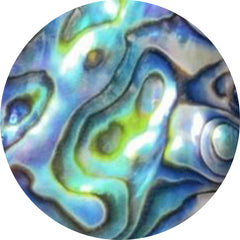 Abalone shell (122)
Abalone shell (122)
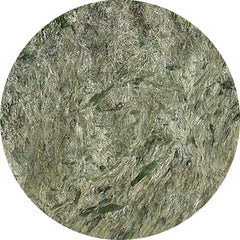 Actinolite (1)
Actinolite (1)
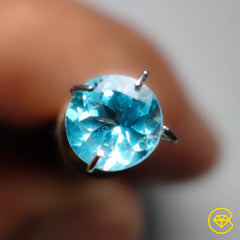 Affordable gemstones (17101)
Affordable gemstones (17101)
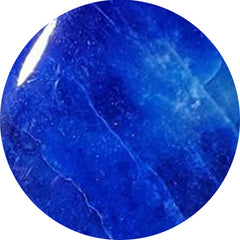 Afghanite (7)
Afghanite (7)
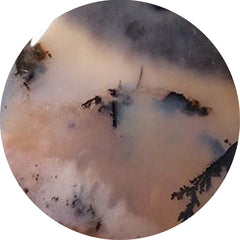 Agate (2480)
Agate (2480)
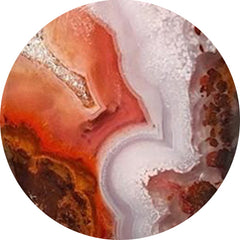 Agua nueva (11)
Agua nueva (11)
 All gemstones (1)
All gemstones (1)
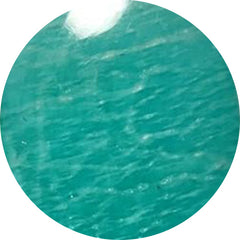 Amazonite (151)
Amazonite (151)
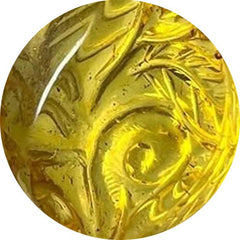 Amber (110)
Amber (110)
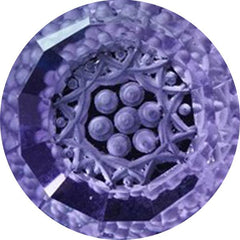 Amethyst (571)
Amethyst (571)
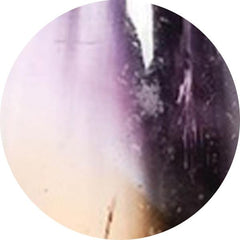 Ametrine (22)
Ametrine (22)
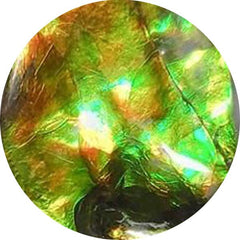 Ammolite (23)
Ammolite (23)
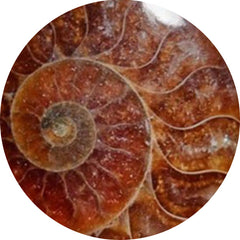 Ammonite (70)
Ammonite (70)
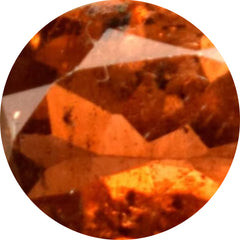 Andalusite (1)
Andalusite (1)
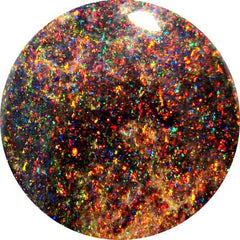 Andamooka opal (0)
Andamooka opal (0)
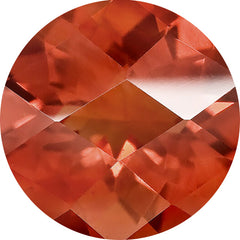 Andesine (0)
Andesine (0)
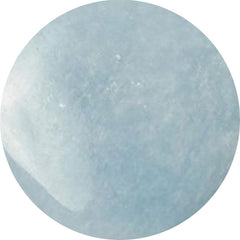 Angelite (28)
Angelite (28)
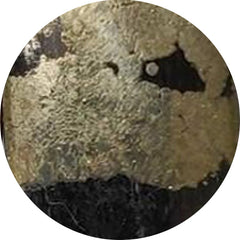 Apache gold (22)
Apache gold (22)
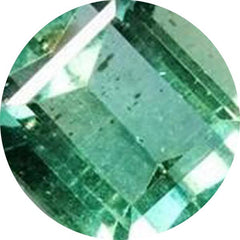 Apatite (142)
Apatite (142)
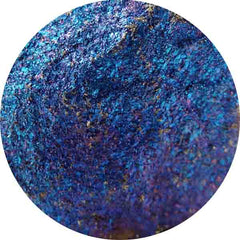 Apophyllite (1)
Apophyllite (1)
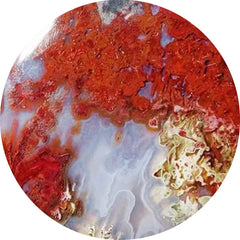 Apple valley agate (0)
Apple valley agate (0)
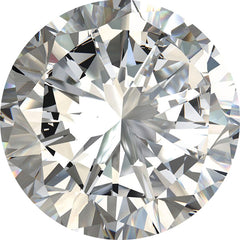 April birthstone (1851)
April birthstone (1851)
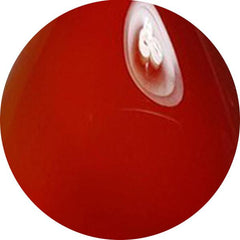 Aqeeq (0)
Aqeeq (0)
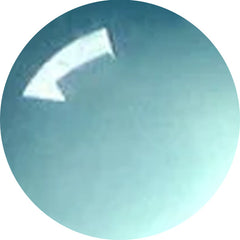 Aqua chalcedony (18)
Aqua chalcedony (18)
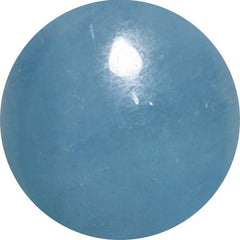 Aquamarine (77)
Aquamarine (77)
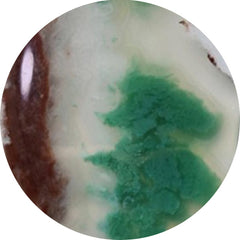 Aquaprase (64)
Aquaprase (64)
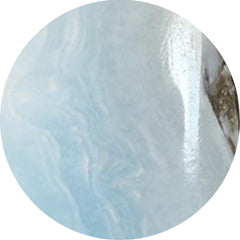 Aragonite (16)
Aragonite (16)
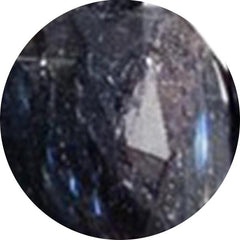 Arfvedsonite (12)
Arfvedsonite (12)
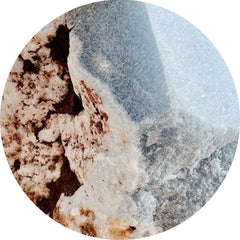 Aristolite (0)
Aristolite (0)
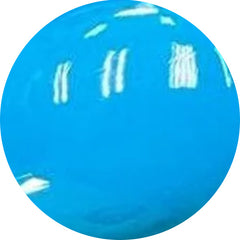 Arizona turquoise (0)
Arizona turquoise (0)
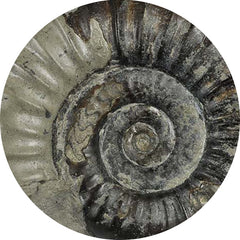 Arnioceras semicostatum fossil (0)
Arnioceras semicostatum fossil (0)
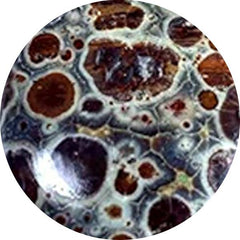 Asteroid jasper (11)
Asteroid jasper (11)
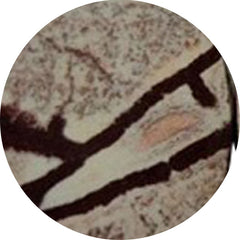 Astrophyllite (54)
Astrophyllite (54)
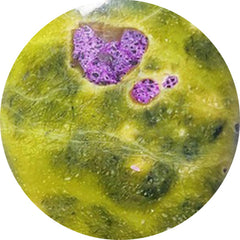 Atlantasite (87)
Atlantasite (87)
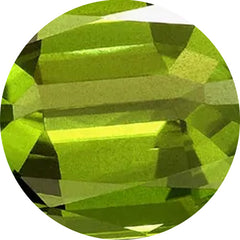 August birthstone (100)
August birthstone (100)
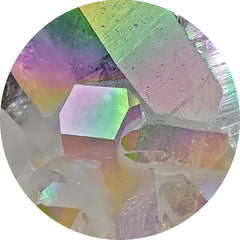 Aura quartz (0)
Aura quartz (0)
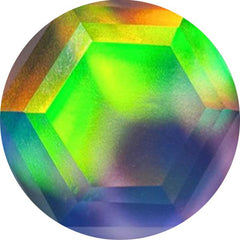 Aurora opal (314)
Aurora opal (314)
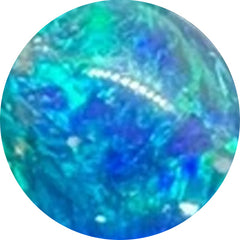 Australian opal (24)
Australian opal (24)
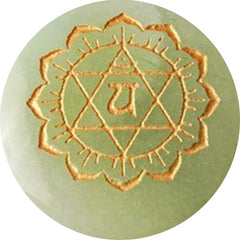 Aventurine (64)
Aventurine (64)
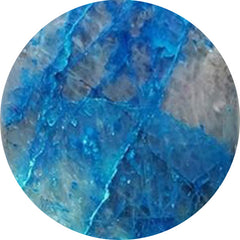 Azurite (281)
Azurite (281)
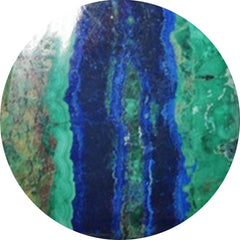 Azurite malachite (19)
Azurite malachite (19)
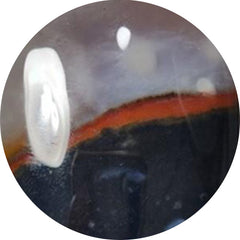 Banded agate (79)
Banded agate (79)
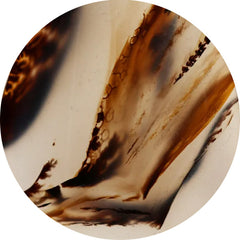 Barber agate (0)
Barber agate (0)
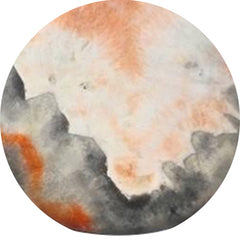 Barite (13)
Barite (13)
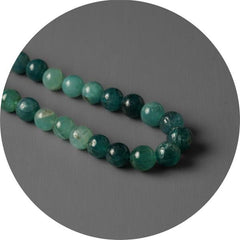 Beads (55)
Beads (55)
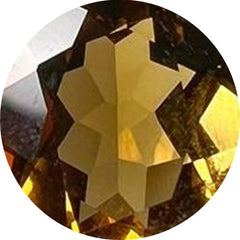 Beer quartz (23)
Beer quartz (23)
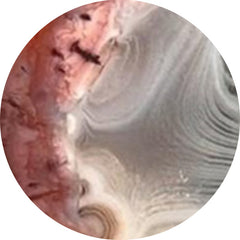 Berber agate (4)
Berber agate (4)
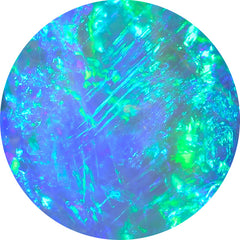 Best seller (0)
Best seller (0)
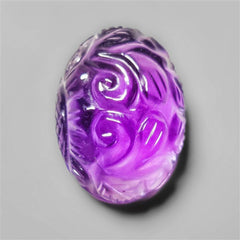 Bestsellers: a selection of our most-loved stones (445)
Bestsellers: a selection of our most-loved stones (445)
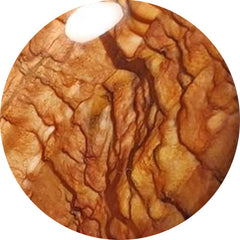 Biggs jasper (29)
Biggs jasper (29)
 Bird carving (104)
Bird carving (104)
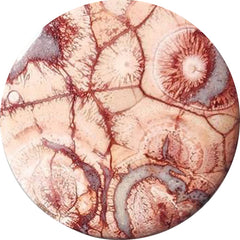 Bird eye jasper (45)
Bird eye jasper (45)
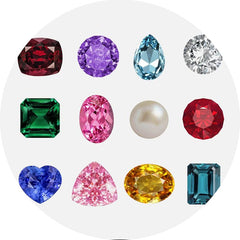 Birthstones (0)
Birthstones (0)
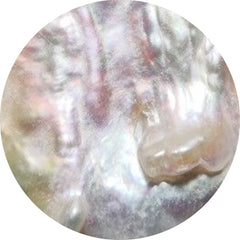 Biwa pearl (34)
Biwa pearl (34)
 Black friday deals (41)
Black friday deals (41)
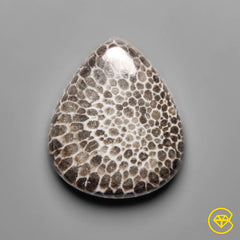 Black gemstones (967)
Black gemstones (967)
 Black onyx (180)
Black onyx (180)
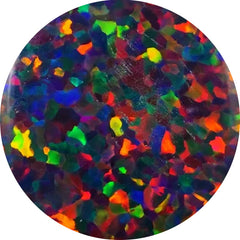 Black opal (57)
Black opal (57)
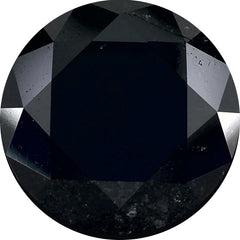 Black spinel (33)
Black spinel (33)
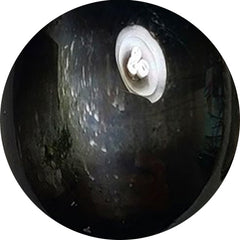 Black star (31)
Black star (31)
 Black tourmaline (77)
Black tourmaline (77)
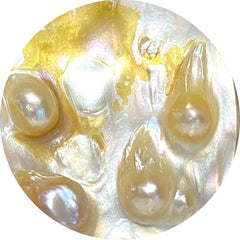 Blister pearl (30)
Blister pearl (30)
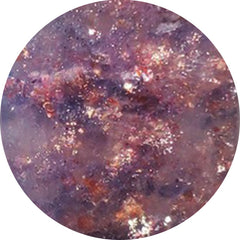 Bloodshot iolite (77)
Bloodshot iolite (77)
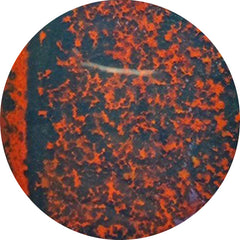 Bloodstone (66)
Bloodstone (66)
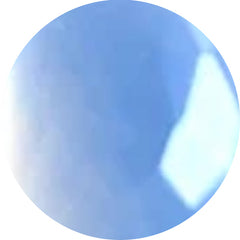 Blue chalcedony (41)
Blue chalcedony (41)
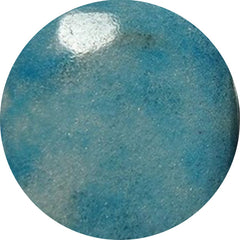 Blue diopside (0)
Blue diopside (0)
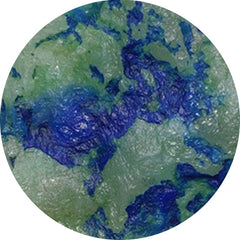 Blue horizon (15)
Blue horizon (15)
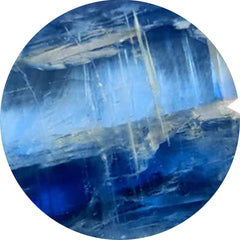 Blue kyanite (38)
Blue kyanite (38)
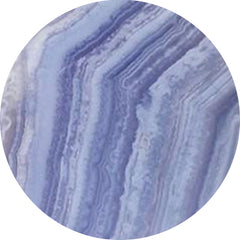 Blue lace agate (256)
Blue lace agate (256)
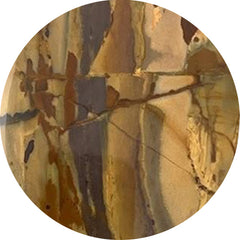 Blue mountain jasper (0)
Blue mountain jasper (0)
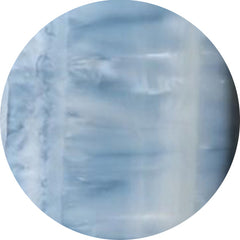 Blue opal (151)
Blue opal (151)
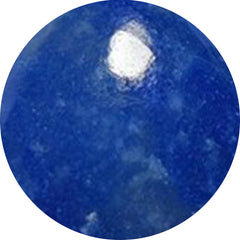 Blue quartz (40)
Blue quartz (40)
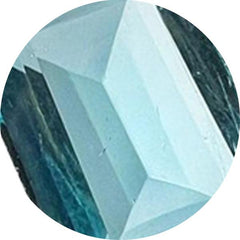 Blue topaz (52)
Blue topaz (52)
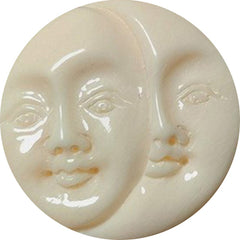 Bone (9)
Bone (9)
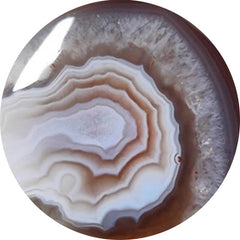 Botswana agate (244)
Botswana agate (244)
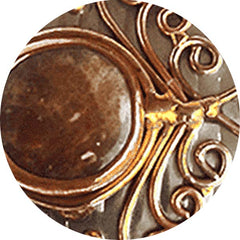 Bronze (0)
Bronze (0)
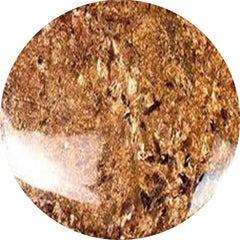 Bronzite (2)
Bronzite (2)
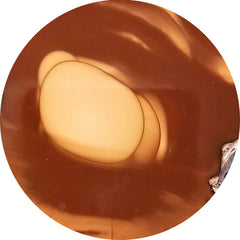 Bruneau jasper (15)
Bruneau jasper (15)
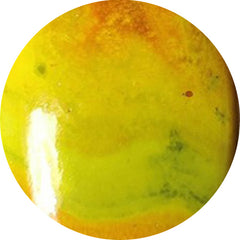 Bumble bee jasper (199)
Bumble bee jasper (199)
 Buy gemstones in usa (908)
Buy gemstones in usa (908)
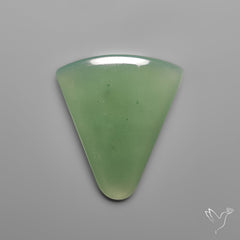 Cabochons (12841)
Cabochons (12841)
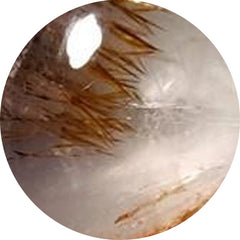 Cacoxenite (65)
Cacoxenite (65)
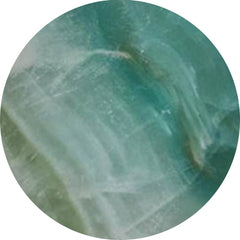 Calcite (220)
Calcite (220)
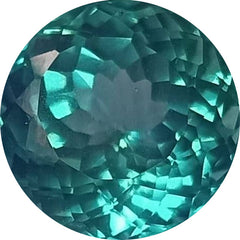 Calibrated (138)
Calibrated (138)
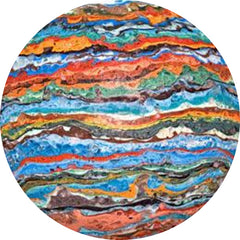 Calsilica (0)
Calsilica (0)
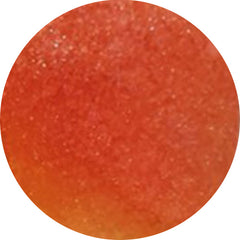 Candy corn (6)
Candy corn (6)
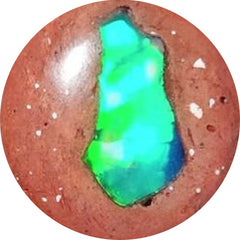 Cantera opal (18)
Cantera opal (18)
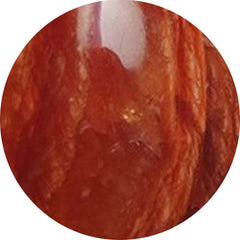 Caramel opal (2)
Caramel opal (2)
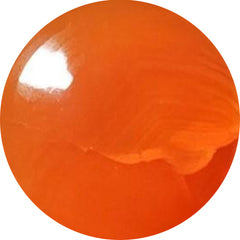 Carnelian (46)
Carnelian (46)
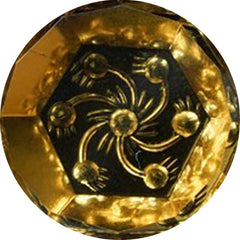 Carving (1781)
Carving (1781)
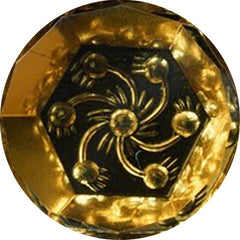 Carvings (2039)
Carvings (2039)
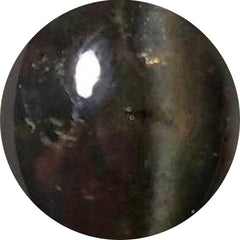 Cats eye (61)
Cats eye (61)
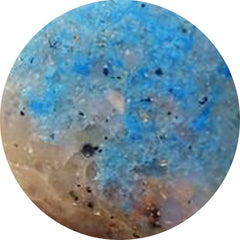 Cavansite (16)
Cavansite (16)
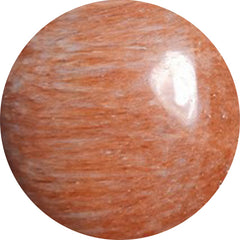 Celestobarite (7)
Celestobarite (7)
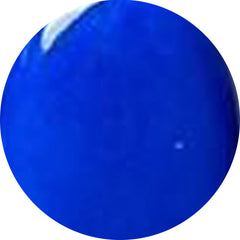 Ceruleite (0)
Ceruleite (0)
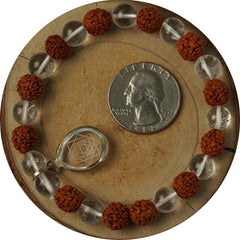 Chakra stone (31)
Chakra stone (31)
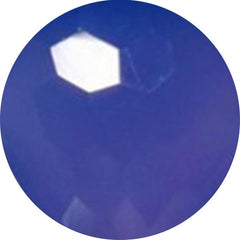 Chalcedony (444)
Chalcedony (444)
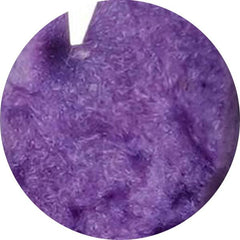 Charoite (189)
Charoite (189)
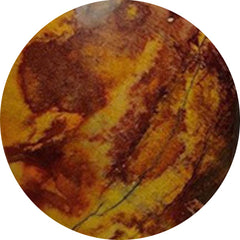 Cherry creek jasper (10)
Cherry creek jasper (10)
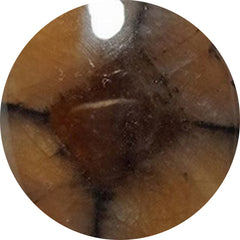 Chiastolite (16)
Chiastolite (16)
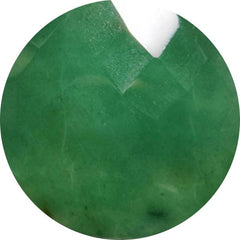 Chrome chalcedony (82)
Chrome chalcedony (82)
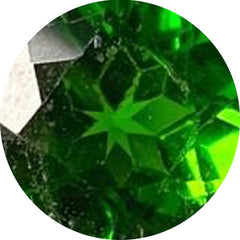 Chrome diopside (26)
Chrome diopside (26)
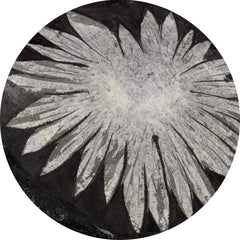 Chrysanthemum fossil (0)
Chrysanthemum fossil (0)
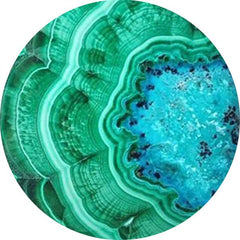 Chrysocolla (421)
Chrysocolla (421)
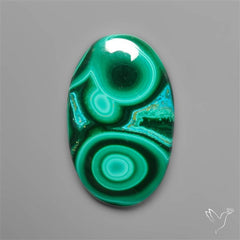 Chrysocolla malachite (76)
Chrysocolla malachite (76)
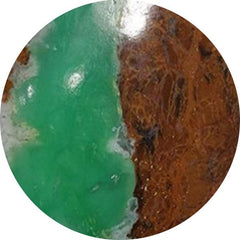 Chrysoprase (321)
Chrysoprase (321)
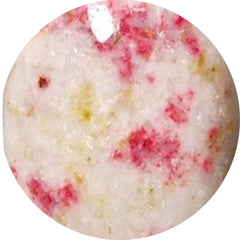 Cinnabar (14)
Cinnabar (14)
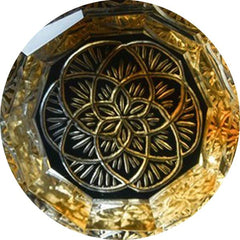 Citrine (111)
Citrine (111)
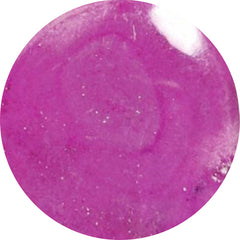 Cobalto calcite (66)
Cobalto calcite (66)
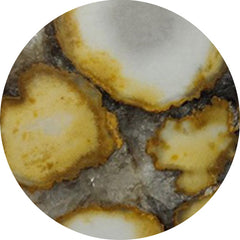 Cobra jasper (29)
Cobra jasper (29)
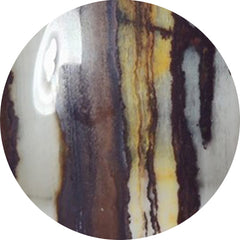 Coconut jasper (2)
Coconut jasper (2)
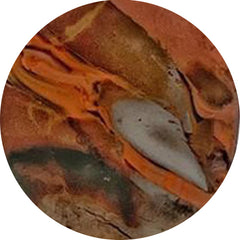 Coffee bean jasper (2)
Coffee bean jasper (2)
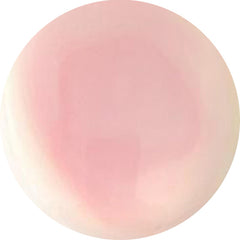 Conch shell (6)
Conch shell (6)
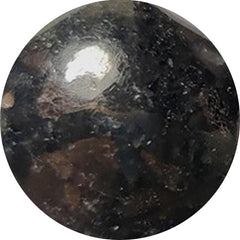 Coppernite (0)
Coppernite (0)
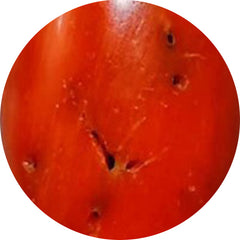 Coral (352)
Coral (352)
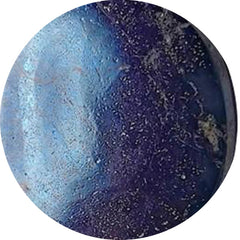 Covellite (4)
Covellite (4)
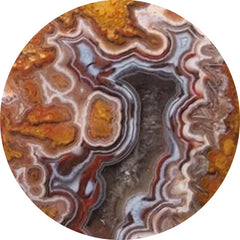 Crazy lace agate (187)
Crazy lace agate (187)
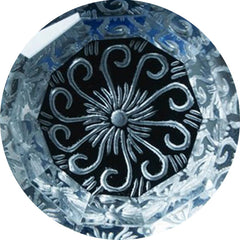 Crystal (204)
Crystal (204)
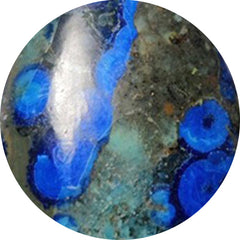 Cuprite (26)
Cuprite (26)
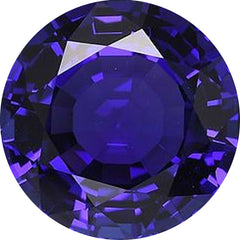 December birthstone (313)
December birthstone (313)
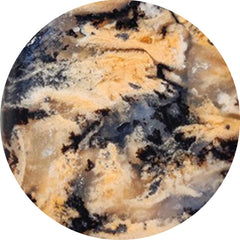 Dendritic agate (442)
Dendritic agate (442)
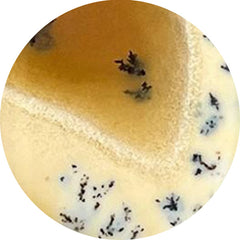 Dendritic opal (75)
Dendritic opal (75)
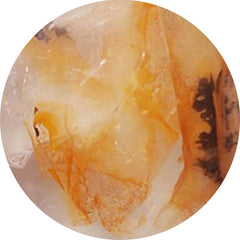 Dendritic quartz (2)
Dendritic quartz (2)
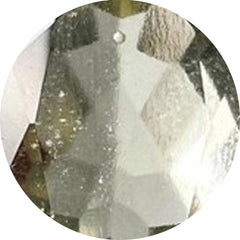 Desert glass (9)
Desert glass (9)
 Desert jasper druzy (15)
Desert jasper druzy (15)
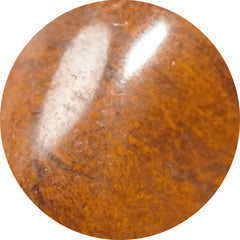 Desert sunset jasper (10)
Desert sunset jasper (10)
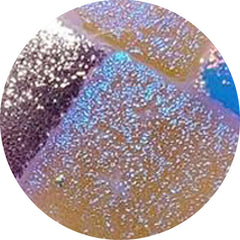 Dichroic glass (145)
Dichroic glass (145)
 Dinosaur bone fossil (3)
Dinosaur bone fossil (3)
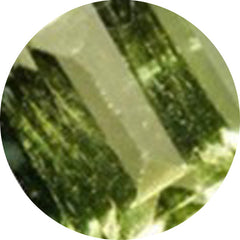 Diopside (60)
Diopside (60)
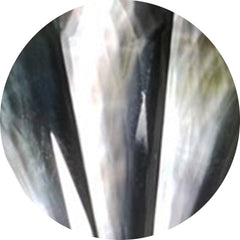 Doublets (876)
Doublets (876)
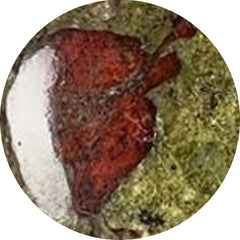 Dragonblood jasper (1)
Dragonblood jasper (1)
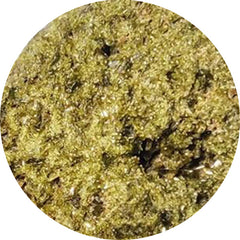 Druzy (419)
Druzy (419)
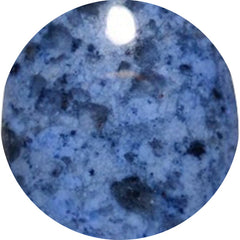 Dumortierite (60)
Dumortierite (60)
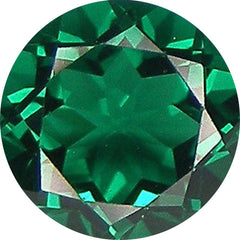 Emerald (63)
Emerald (63)
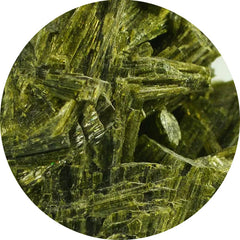 Epidote (10)
Epidote (10)
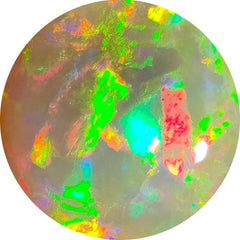 Ethiopian opal (122)
Ethiopian opal (122)
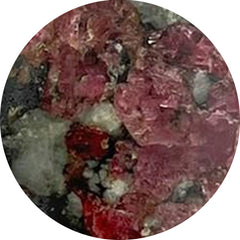 Eudialyte (11)
Eudialyte (11)
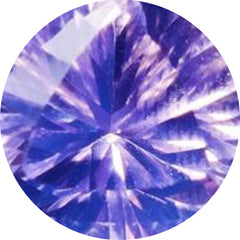 Faceted rose cut (2484)
Faceted rose cut (2484)
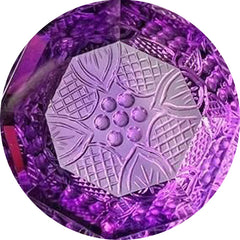 Fantasy cuts (52)
Fantasy cuts (52)
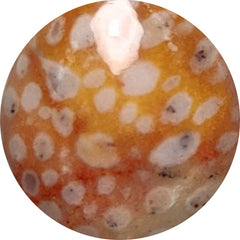 Fawn jasper (13)
Fawn jasper (13)
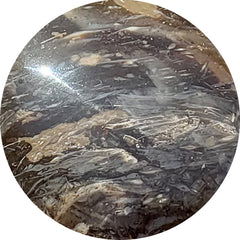 Feather agate (0)
Feather agate (0)
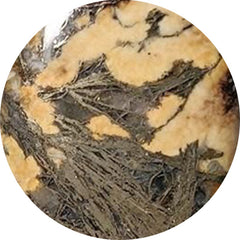 Feather pyrite (39)
Feather pyrite (39)
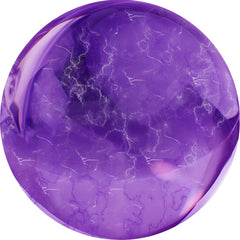 February birthstone (2843)
February birthstone (2843)
 Fine amethyst (32)
Fine amethyst (32)
 Fine ametrine (22)
Fine ametrine (22)
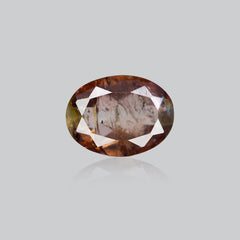 Fine andalusite (1)
Fine andalusite (1)
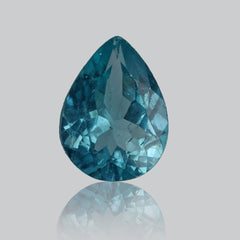 Fine apatite (5)
Fine apatite (5)
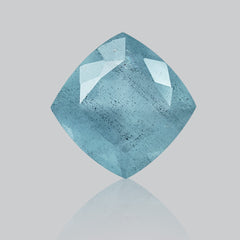 Fine aquamarine (8)
Fine aquamarine (8)
 Fine black opal (6)
Fine black opal (6)
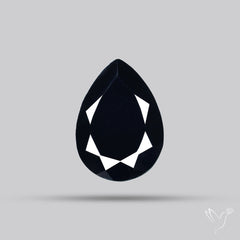 Fine black spinel (14)
Fine black spinel (14)
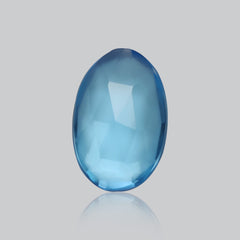 Fine blue topaz (30)
Fine blue topaz (30)
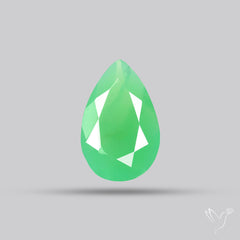 Fine chrysoprase (16)
Fine chrysoprase (16)
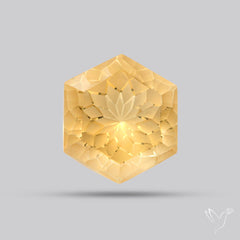 Fine citrine (24)
Fine citrine (24)
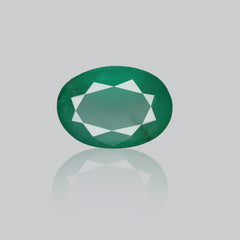 Fine emerald (11)
Fine emerald (11)
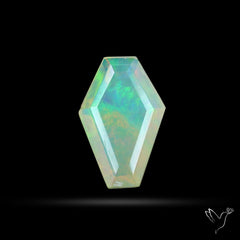 Fine ethiopian opal (18)
Fine ethiopian opal (18)
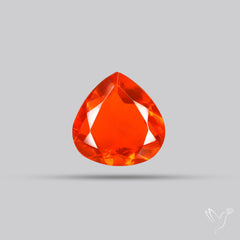 Fine fire opal (7)
Fine fire opal (7)
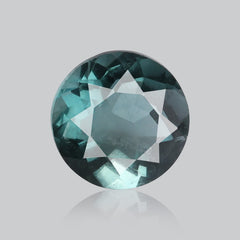 Fine fluorite (12)
Fine fluorite (12)
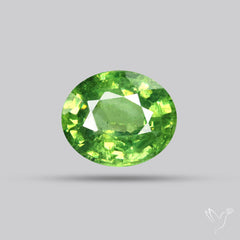 Fine garnet (37)
Fine garnet (37)
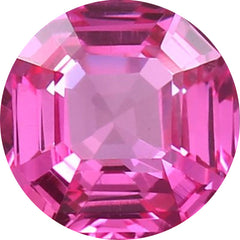 Fine gemstone (0)
Fine gemstone (0)
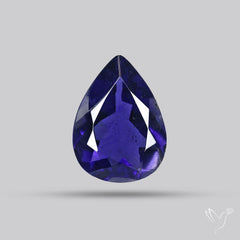 Fine iolite (31)
Fine iolite (31)
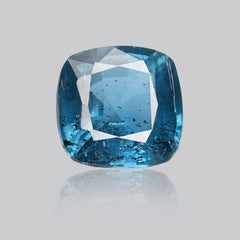 Fine kyanite (28)
Fine kyanite (28)
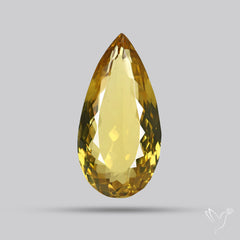 Fine lemon quartz (14)
Fine lemon quartz (14)
 Fine lepidocrocite (46)
Fine lepidocrocite (46)
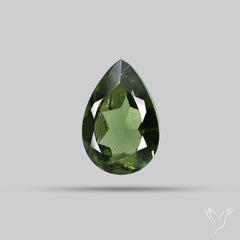 Fine moldavite (21)
Fine moldavite (21)
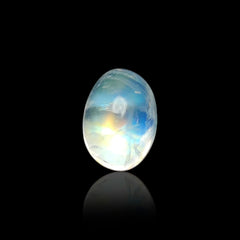 Fine moonstone (7)
Fine moonstone (7)
 Fine peridot (56)
Fine peridot (56)
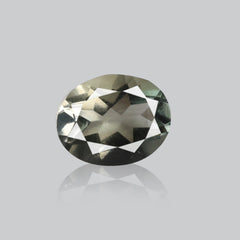 Fine prasiolite (26)
Fine prasiolite (26)
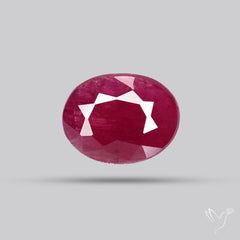 Fine ruby (15)
Fine ruby (15)
 Fine rutilated quartz (19)
Fine rutilated quartz (19)
 Fine sapphire (7)
Fine sapphire (7)
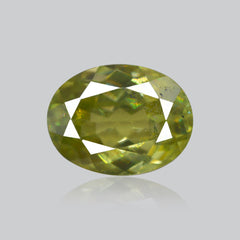 Fine sphene (17)
Fine sphene (17)
 Fine sunstone (79)
Fine sunstone (79)
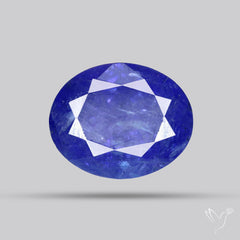 Fine tanzanite (50)
Fine tanzanite (50)
 Fine tourmaline (67)
Fine tourmaline (67)
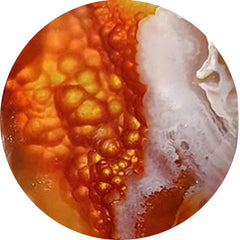 Fire agate (7)
Fire agate (7)
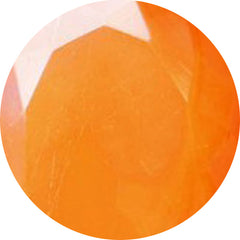 Fire opals (42)
Fire opals (42)
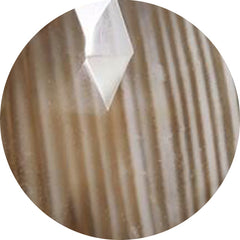 Flint stone (10)
Flint stone (10)
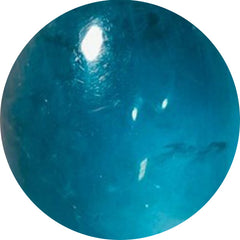 Fluorite (155)
Fluorite (155)
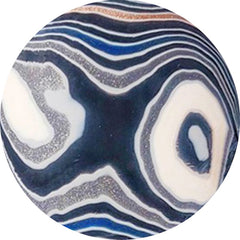 Fordite (62)
Fordite (62)
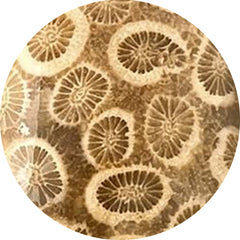 Fossil coral (320)
Fossil coral (320)
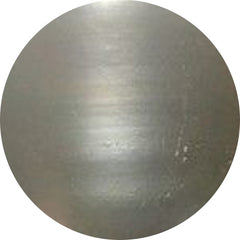 Fossil marston marble (20)
Fossil marston marble (20)
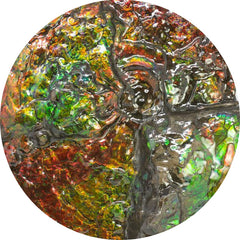 Fossils (513)
Fossils (513)
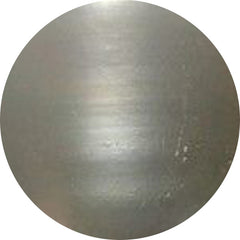 Freshwater pearl (22)
Freshwater pearl (22)
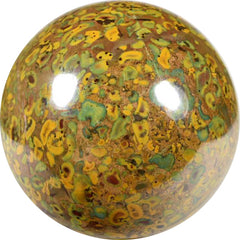 Fruit jasper (14)
Fruit jasper (14)
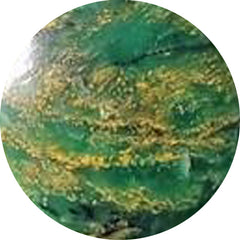 Fuchsite (7)
Fuchsite (7)
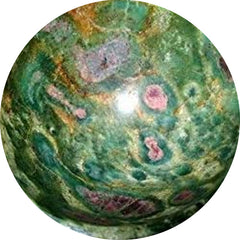 Fuschite (10)
Fuschite (10)
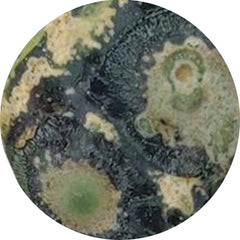 Galaxy jasper (9)
Galaxy jasper (9)
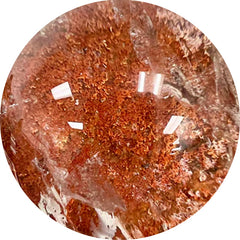 Garden quartz (6)
Garden quartz (6)
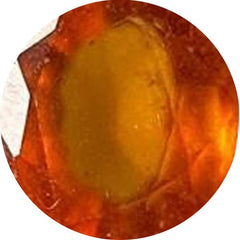 Garnet (125)
Garnet (125)
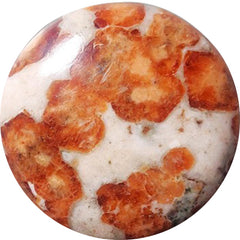 Garnet in limestone (36)
Garnet in limestone (36)
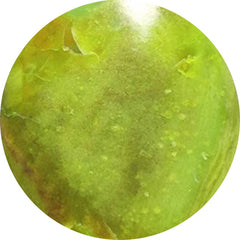 Gaspeite (12)
Gaspeite (12)
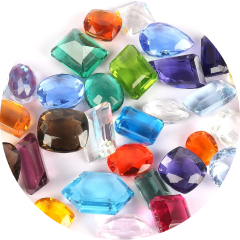 Gemstone lots (440)
Gemstone lots (440)
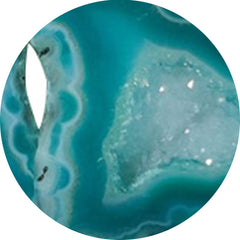 Geode (32)
Geode (32)
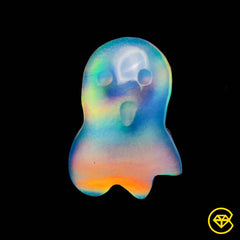 Ghost carving (57)
Ghost carving (57)
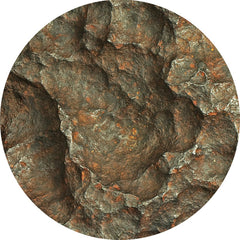 Gibeon meteorite (23)
Gibeon meteorite (23)
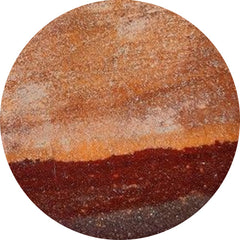 Gila monster agate (16)
Gila monster agate (16)
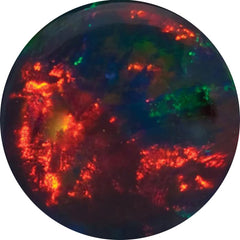 Gilson opal (22)
Gilson opal (22)
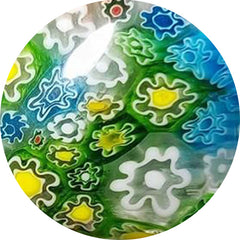 Glass (182)
Glass (182)
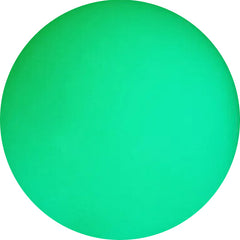 Glow stone (12)
Glow stone (12)
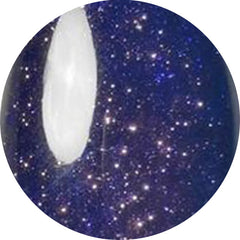 Goldstone (35)
Goldstone (35)
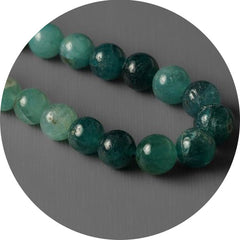 Grandidierite (7)
Grandidierite (7)
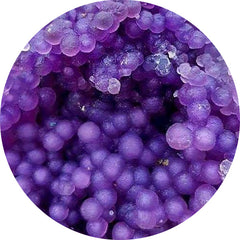 Grape agate (114)
Grape agate (114)
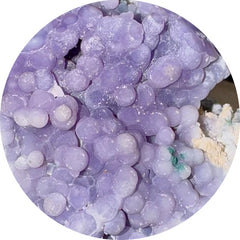 Grape chalcedony (4)
Grape chalcedony (4)
 Green gemstones (455)
Green gemstones (455)
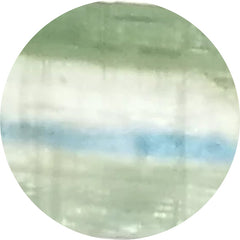 Green kyanite (7)
Green kyanite (7)
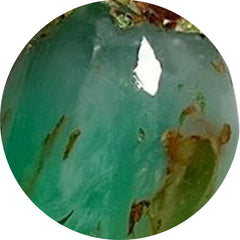 Green prase opal (8)
Green prase opal (8)
 Green tourmaline (24)
Green tourmaline (24)
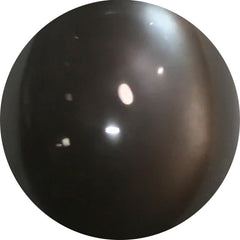 Grey moonstone (31)
Grey moonstone (31)
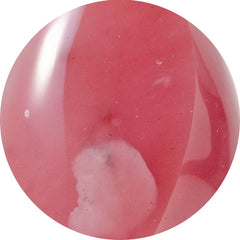 Guava quartz (9)
Guava quartz (9)
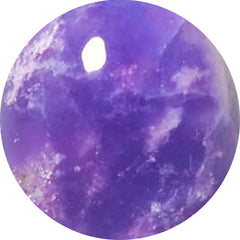 Hackmanite (11)
Hackmanite (11)
 Heart carving (350)
Heart carving (350)
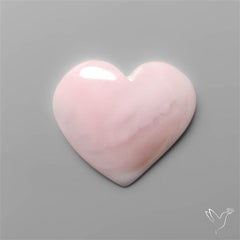 Heart shape gemstones (3)
Heart shape gemstones (3)
 Heliodor (0)
Heliodor (0)
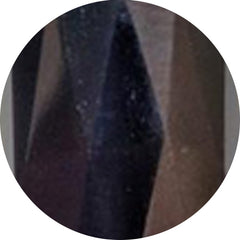 Hematite (37)
Hematite (37)
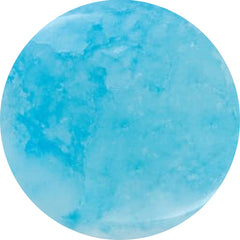 Hemimorphite (54)
Hemimorphite (54)
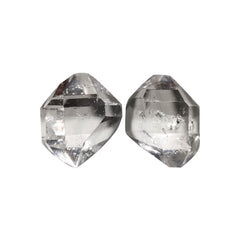 Herkimer diamond (38)
Herkimer diamond (38)
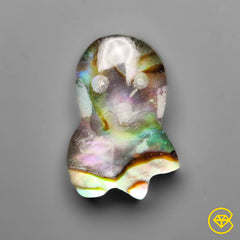 Himalayan quartz (440)
Himalayan quartz (440)
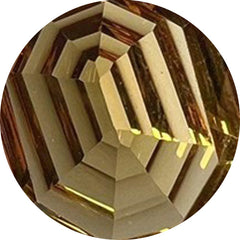 Honey quartz (19)
Honey quartz (19)
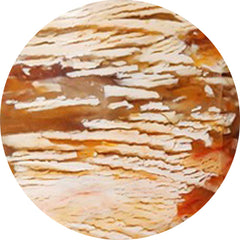 Howardite opal (29)
Howardite opal (29)
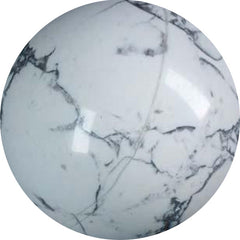 Howlite (4)
Howlite (4)
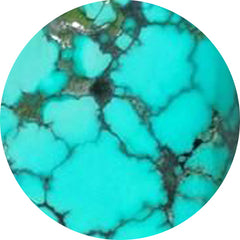 Hubei turquoise (53)
Hubei turquoise (53)
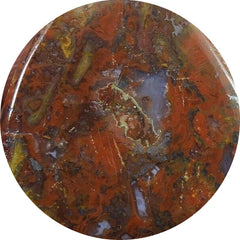 Hungarian agate (1)
Hungarian agate (1)
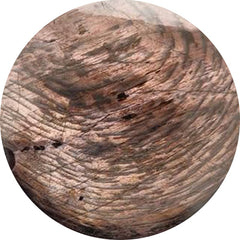 Hypersthene (42)
Hypersthene (42)
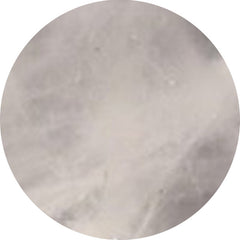 Ice quartz (1)
Ice quartz (1)
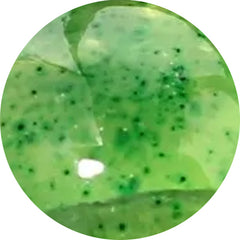 Idocrase (1)
Idocrase (1)
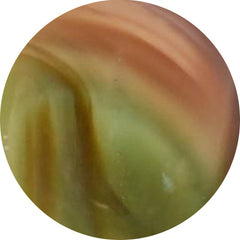 Imperial jasper (115)
Imperial jasper (115)
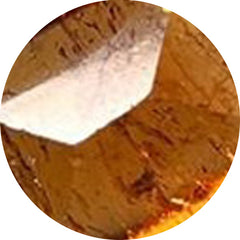 Imperial topaz (0)
Imperial topaz (0)
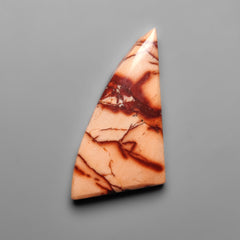 Indian paint stone (5)
Indian paint stone (5)
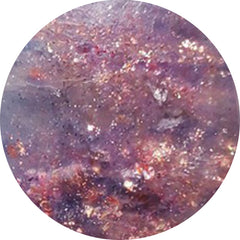 Iolite (160)
Iolite (160)
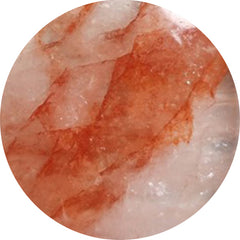 Iron quartz (48)
Iron quartz (48)
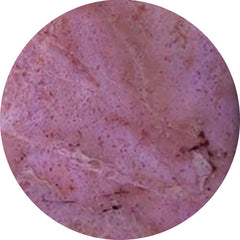 Jade (34)
Jade (34)
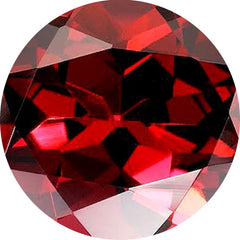 January birthstone (451)
January birthstone (451)
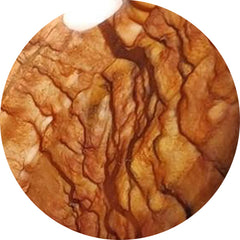 Jaspers (32)
Jaspers (32)
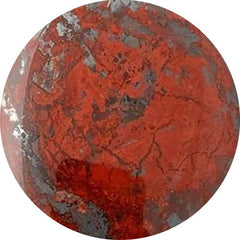 Jaspillite (3)
Jaspillite (3)
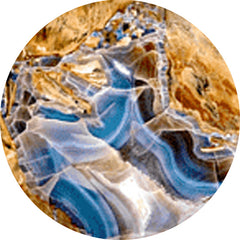 Java chalcedony (16)
Java chalcedony (16)
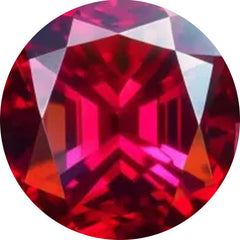 July birthstone (551)
July birthstone (551)
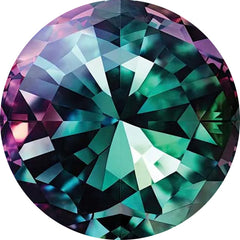 June birthstones: moonstone, pearl, and alexandrite (1061)
June birthstones: moonstone, pearl, and alexandrite (1061)
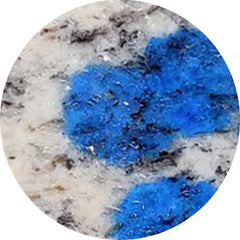 K2 jasper (7)
K2 jasper (7)
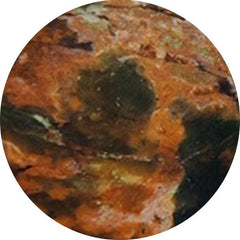 Kaleidoscope agate (0)
Kaleidoscope agate (0)
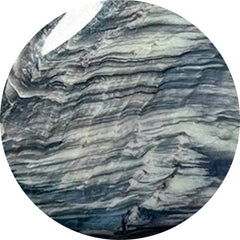 Kammererite (103)
Kammererite (103)
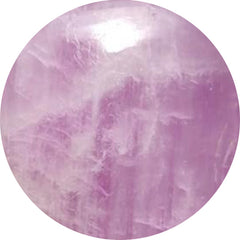 Kunzite (7)
Kunzite (7)
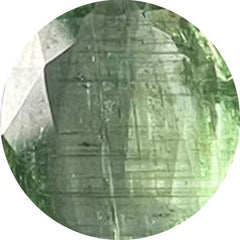 Kyanite (107)
Kyanite (107)
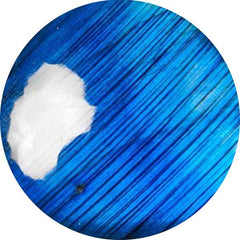 Labradorite (278)
Labradorite (278)
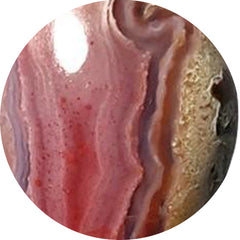 Laguna lace agate (60)
Laguna lace agate (60)
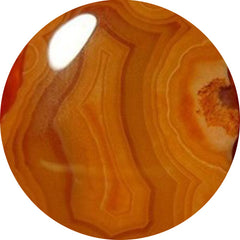 Lake superior agate (25)
Lake superior agate (25)
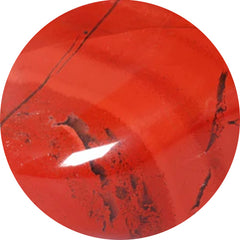 Landscape jasper (0)
Landscape jasper (0)
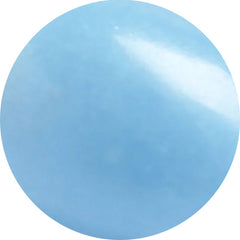 Langite (0)
Langite (0)
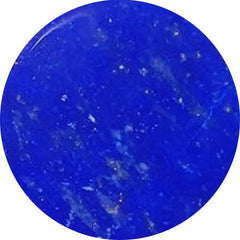 Lapis lazuli (163)
Lapis lazuli (163)
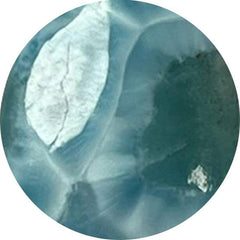 Larimar (125)
Larimar (125)
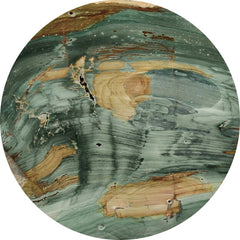 Larsonite (17)
Larsonite (17)
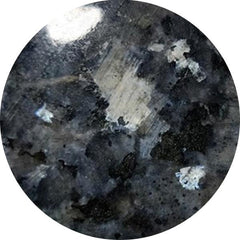 Larvikite feldspar (46)
Larvikite feldspar (46)
 Lavender chalcedony (17)
Lavender chalcedony (17)
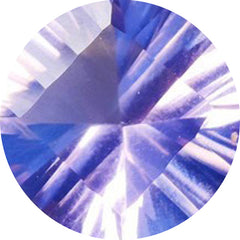 Lavender quartz (5)
Lavender quartz (5)
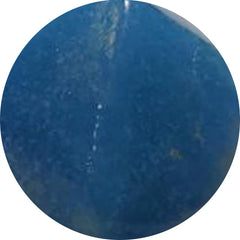 Lazulite (8)
Lazulite (8)
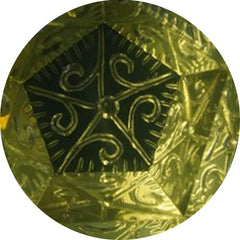 Lemon quartz (44)
Lemon quartz (44)
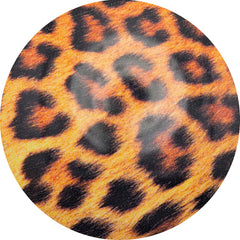 Leopard skin shell (0)
Leopard skin shell (0)
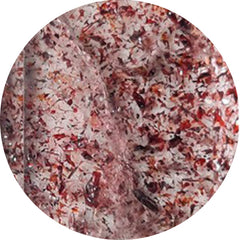 Lepidocrocite (55)
Lepidocrocite (55)
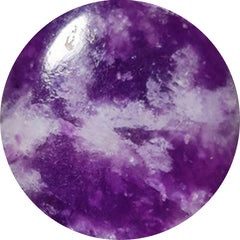 Lepidolite (82)
Lepidolite (82)
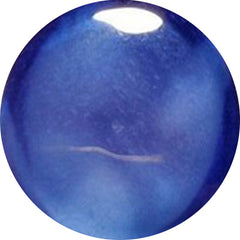 Lindy star sapphire (0)
Lindy star sapphire (0)
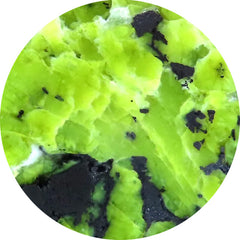 Lizardite (55)
Lizardite (55)
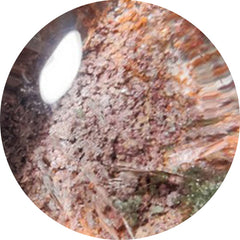 Lodolite (93)
Lodolite (93)
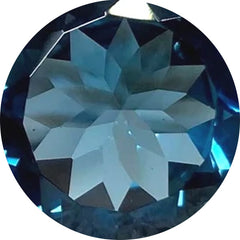 London blue topaz (10)
London blue topaz (10)
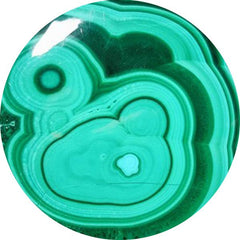 Malachite (577)
Malachite (577)
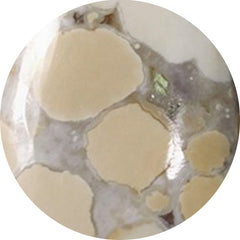 Maligano jasper (71)
Maligano jasper (71)
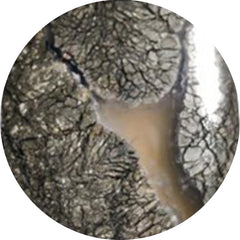 Marcasite (27)
Marcasite (27)
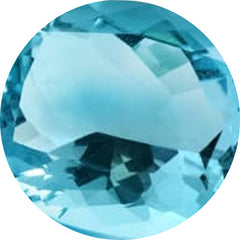 March birthstone (1457)
March birthstone (1457)
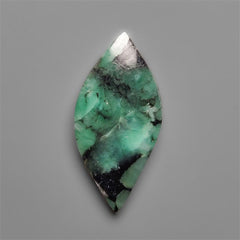 Marquise shape gemstones (5)
Marquise shape gemstones (5)
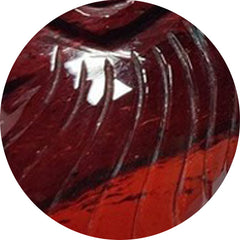 Mary ellen jasper (0)
Mary ellen jasper (0)
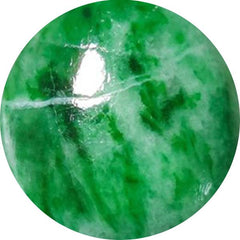 Maw sit sit (15)
Maw sit sit (15)
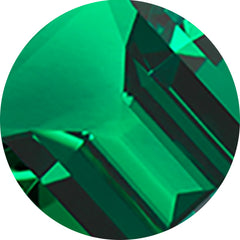 May birthstone (451)
May birthstone (451)
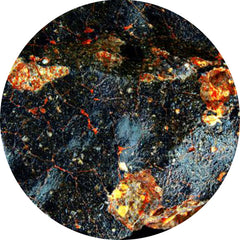 Meteorite (23)
Meteorite (23)
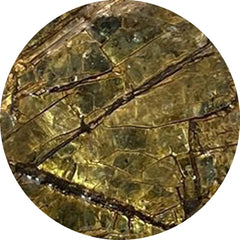 Mica (45)
Mica (45)
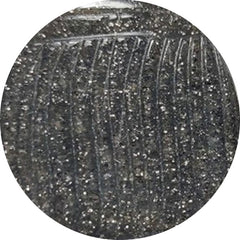 Midnight quartzite (20)
Midnight quartzite (20)
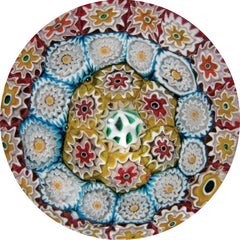 Millefiori glass (2)
Millefiori glass (2)
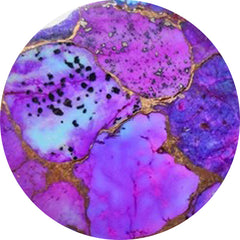 Mohave turquoise (57)
Mohave turquoise (57)
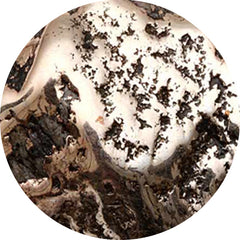 Mohawkites (20)
Mohawkites (20)
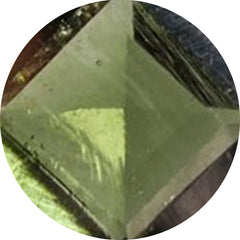 Moldavite (47)
Moldavite (47)
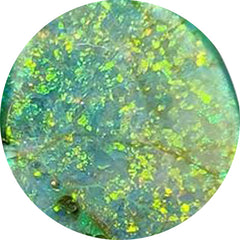 Monarch opal (29)
Monarch opal (29)
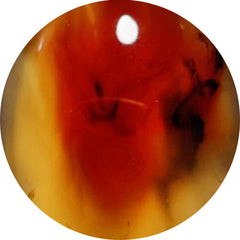 Montana agate (83)
Montana agate (83)
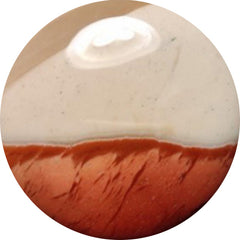 Mookaite (39)
Mookaite (39)
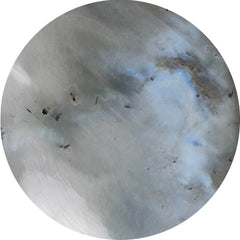 Moonstone (407)
Moonstone (407)
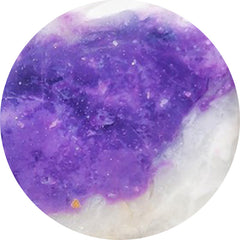 Morado opal (1)
Morado opal (1)
 Morenci turquoise (39)
Morenci turquoise (39)
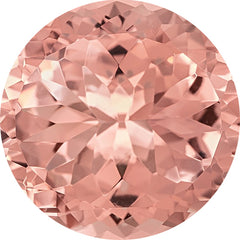 Morganite (0)
Morganite (0)
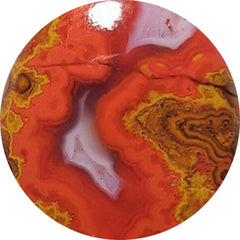 Moroccan seam agate (119)
Moroccan seam agate (119)
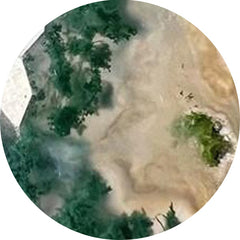 Moss agate (386)
Moss agate (386)
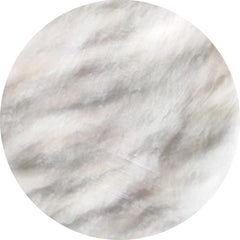 Mother of pearl (527)
Mother of pearl (527)
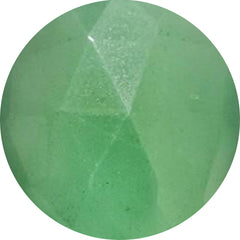 Mtorolite (46)
Mtorolite (46)
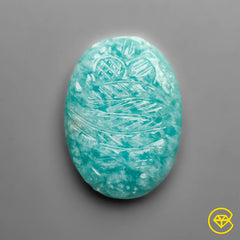 Mughal carving (475)
Mughal carving (475)
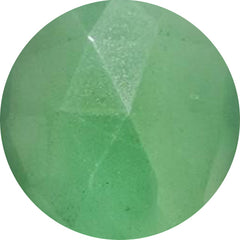 Muscovite (21)
Muscovite (21)
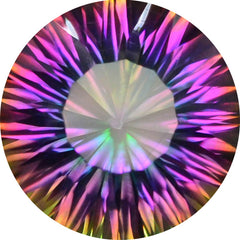 Mystic quartz (1)
Mystic quartz (1)
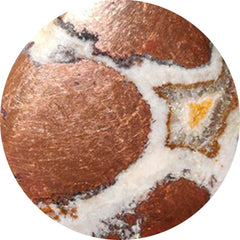 Native copper (39)
Native copper (39)
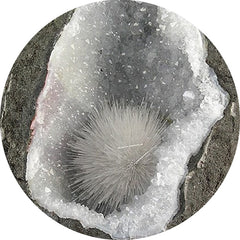 Natrolite (26)
Natrolite (26)
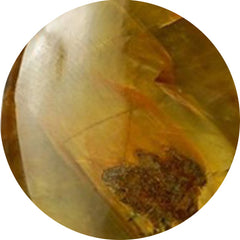 Nellite (6)
Nellite (6)
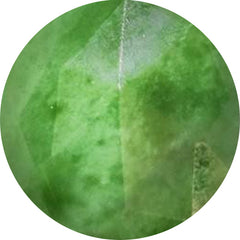 Nephrite jade (2)
Nephrite jade (2)
 New arrivals (254)
New arrivals (254)
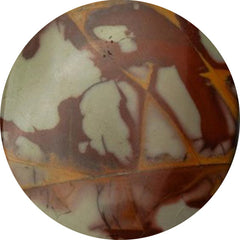 Noreena jasper (28)
Noreena jasper (28)
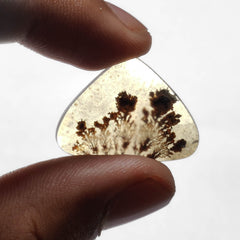 November birthstone (166)
November birthstone (166)
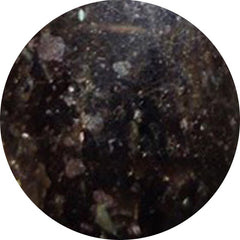 Nuummite (2)
Nuummite (2)
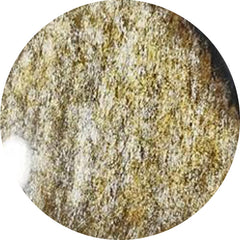 Obsidian (339)
Obsidian (339)
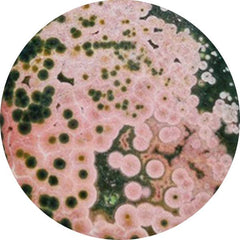 Ocean jasper (253)
Ocean jasper (253)
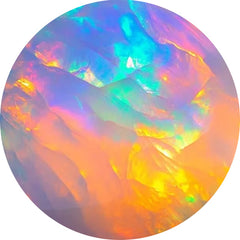 October birthstone (1379)
October birthstone (1379)
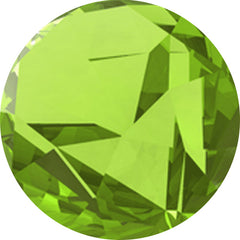 Olive quartz (5)
Olive quartz (5)
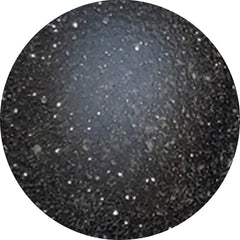 Onyx (287)
Onyx (287)
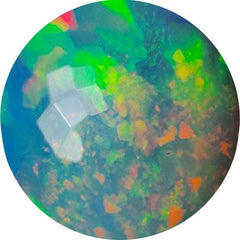 Opal (1150)
Opal (1150)
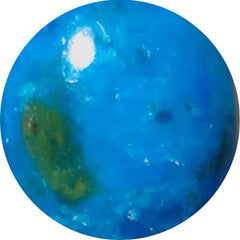 Opalina (11)
Opalina (11)
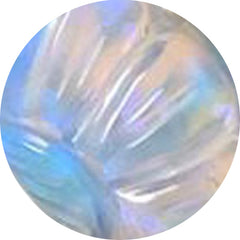 Opalite (30)
Opalite (30)
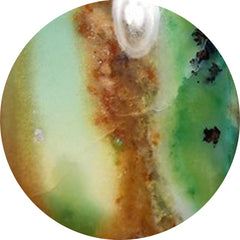 Opalwood (5)
Opalwood (5)
 Orange gemstones (371)
Orange gemstones (371)
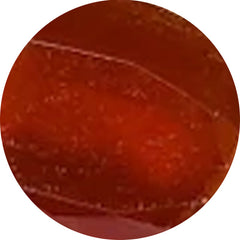 Orange kyanite (2)
Orange kyanite (2)
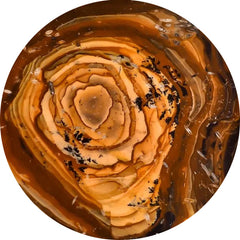 Oregon jasper (7)
Oregon jasper (7)
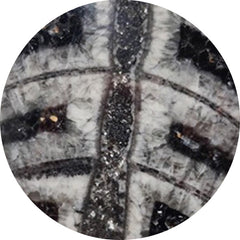 Orthoceras fossil (36)
Orthoceras fossil (36)
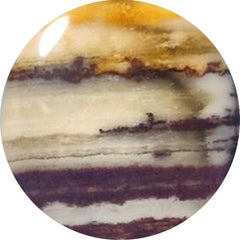 Outback jasper (5)
Outback jasper (5)
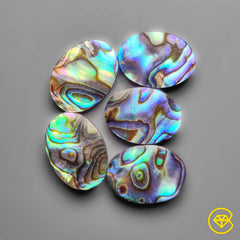 Oval shape gemstones (6)
Oval shape gemstones (6)
 Over $50 (505)
Over $50 (505)
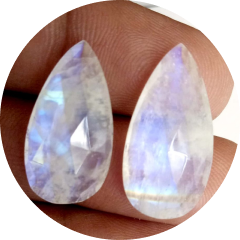 Pairs (950)
Pairs (950)
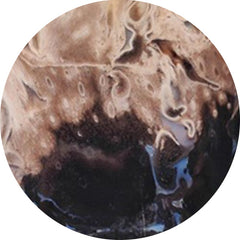 Palmroot agate (92)
Palmroot agate (92)
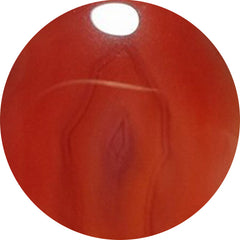 Passion agate (1)
Passion agate (1)
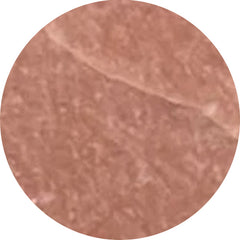 Peach moonstone (45)
Peach moonstone (45)
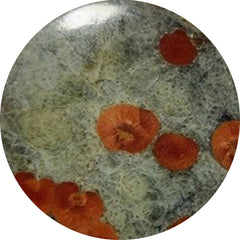 Peanut obsidian (40)
Peanut obsidian (40)
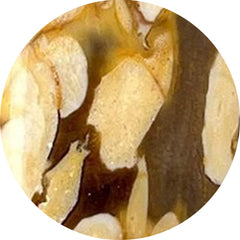 Peanut wood jasper (178)
Peanut wood jasper (178)
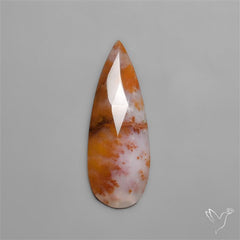 Pear shape gemstones (9)
Pear shape gemstones (9)
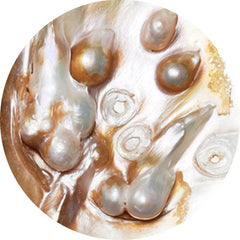 Pearl (654)
Pearl (654)
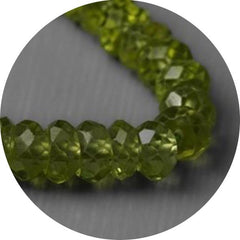 Peridot (67)
Peridot (67)
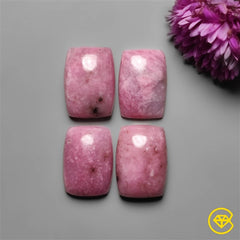 Petalite (25)
Petalite (25)
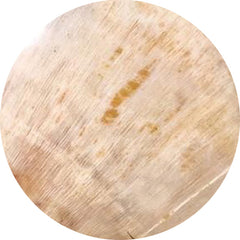 Petrified wood (55)
Petrified wood (55)
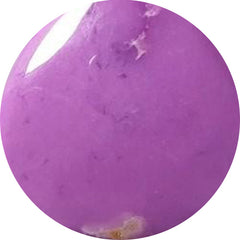 Phosphosiderite (94)
Phosphosiderite (94)
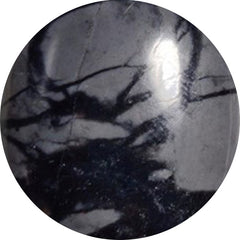 Picasso jasper (81)
Picasso jasper (81)
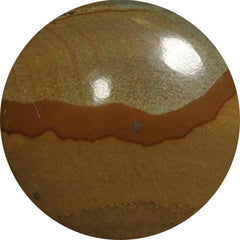 Picture jasper (81)
Picture jasper (81)
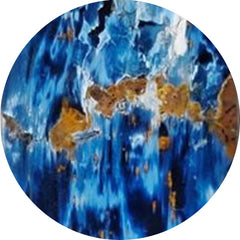 Pietersite (47)
Pietersite (47)
 Pink gemstones (473)
Pink gemstones (473)
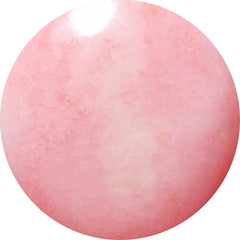 Pink opal (151)
Pink opal (151)
 Pink tourmaline (90)
Pink tourmaline (90)
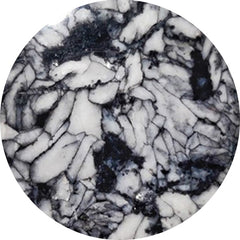 Pinolith (35)
Pinolith (35)
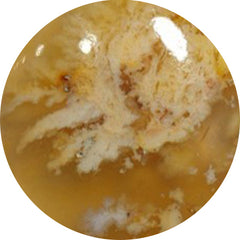 Plume agate (96)
Plume agate (96)
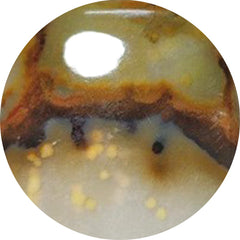 Polka dot agate (42)
Polka dot agate (42)
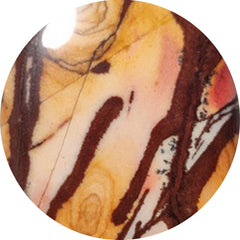 Polychrome jasper (42)
Polychrome jasper (42)
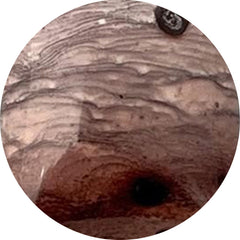 Porcelain jasper (30)
Porcelain jasper (30)
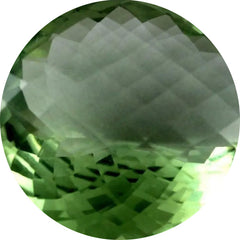 Prasiolite (45)
Prasiolite (45)
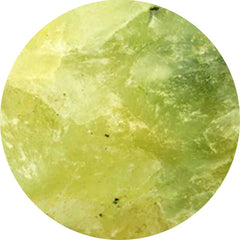 Prehnite (22)
Prehnite (22)
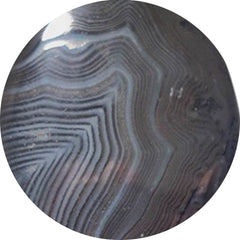 Psilomelane (23)
Psilomelane (23)
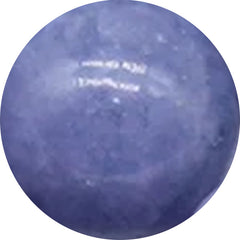 Purple chalcedony (45)
Purple chalcedony (45)
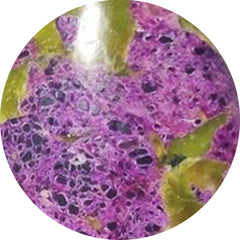 Purpurite (7)
Purpurite (7)
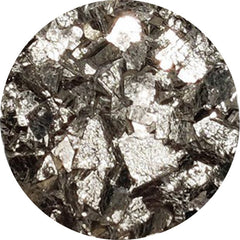 Pyrite (137)
Pyrite (137)
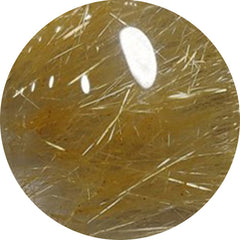 Quartz (131)
Quartz (131)
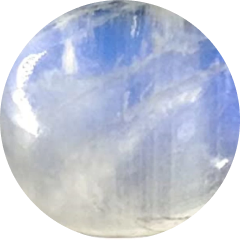 Rain moonstones (0)
Rain moonstones (0)
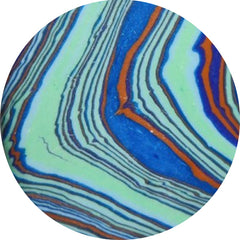 Rainbow calcilica (11)
Rainbow calcilica (11)
 Rainbow moonstone (94)
Rainbow moonstone (94)
 Red coral (8)
Red coral (8)
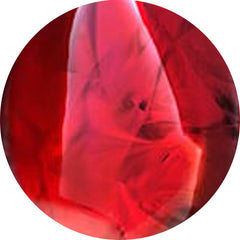 Red fossil (0)
Red fossil (0)
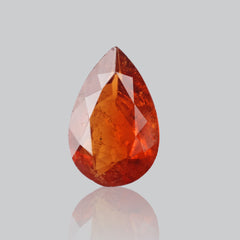 Red gemstones (370)
Red gemstones (370)
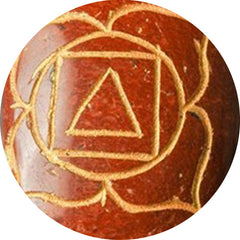 Red jasper (3)
Red jasper (3)
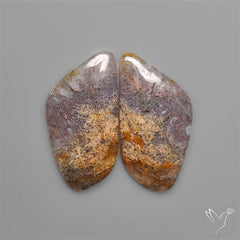 Red moss agate (76)
Red moss agate (76)
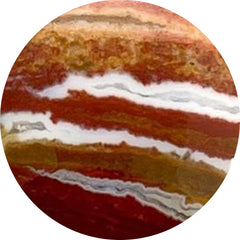 Red river jasper (16)
Red river jasper (16)
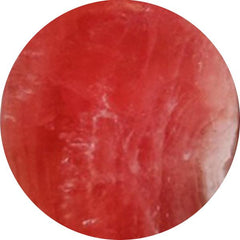 Rhodochrosite (404)
Rhodochrosite (404)
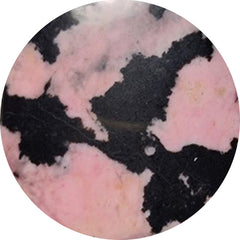 Rhodonite (81)
Rhodonite (81)
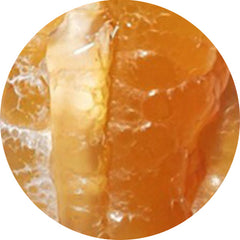 Rock chalcedony (2)
Rock chalcedony (2)
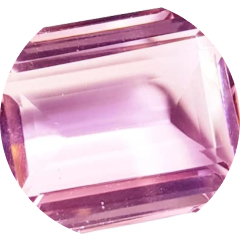 Rose cut gemstones (743)
Rose cut gemstones (743)
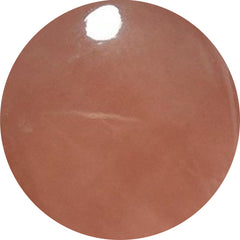 Rose quartz (54)
Rose quartz (54)
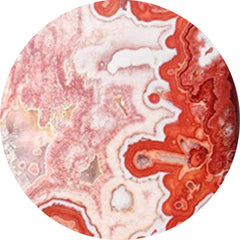 Rosita jasper (10)
Rosita jasper (10)
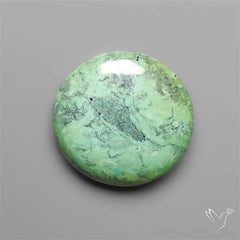 Round shape gemstones (6)
Round shape gemstones (6)
 Ruby (199)
Ruby (199)
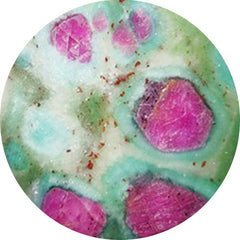 Ruby in fuchsite (6)
Ruby in fuchsite (6)
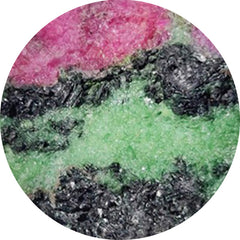 Ruby in zoisite (92)
Ruby in zoisite (92)
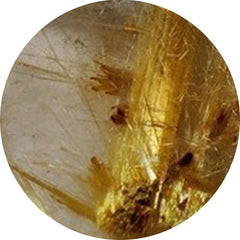 Rutilated quartz (263)
Rutilated quartz (263)
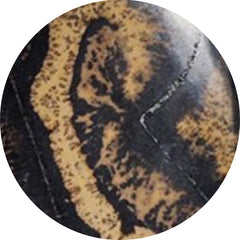 Sage brush jasper (27)
Sage brush jasper (27)
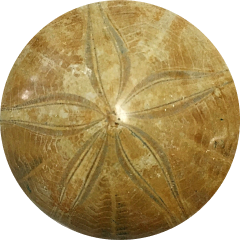 Sand dollar fossil (3)
Sand dollar fossil (3)
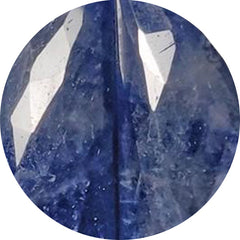 Sapphire (35)
Sapphire (35)
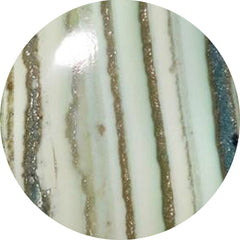 Saturn chalcedony (57)
Saturn chalcedony (57)
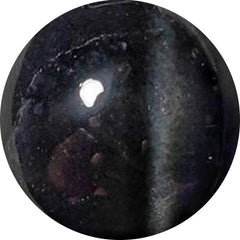 Scapolite (13)
Scapolite (13)
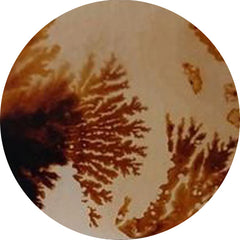 Scenic agate (99)
Scenic agate (99)
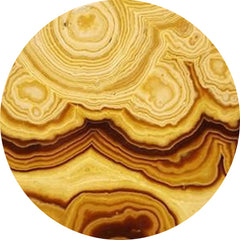 Schalenblende (88)
Schalenblende (88)
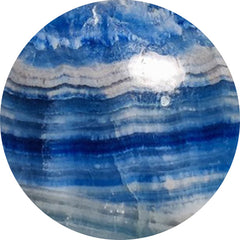 Scheelite (37)
Scheelite (37)
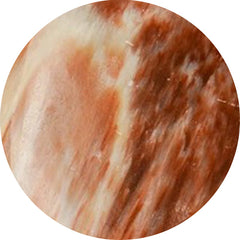 Scolecite (52)
Scolecite (52)
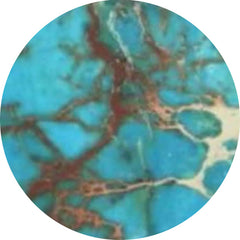 Sea sediment jasper (0)
Sea sediment jasper (0)
 Selenite (13)
Selenite (13)
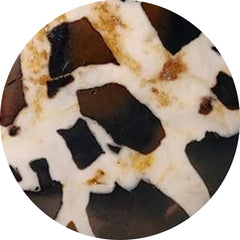 Septarian (92)
Septarian (92)
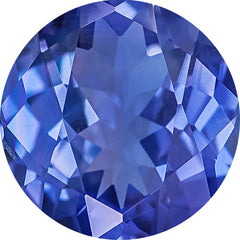 September birthstone (200)
September birthstone (200)
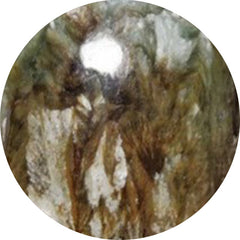 Seraphinite (81)
Seraphinite (81)
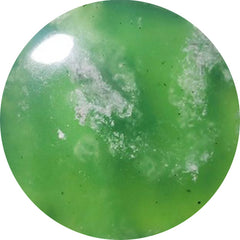 Serpentine (165)
Serpentine (165)
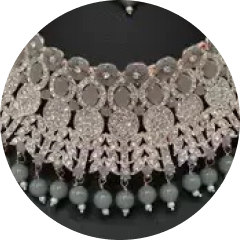 Sets (78)
Sets (78)
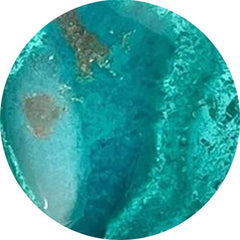 Shattuckite (278)
Shattuckite (278)
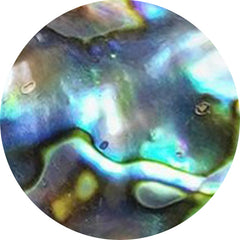 Shell (294)
Shell (294)
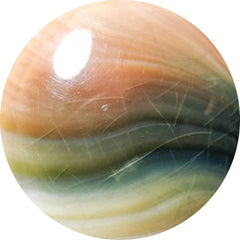 Shiva eye shell (46)
Shiva eye shell (46)
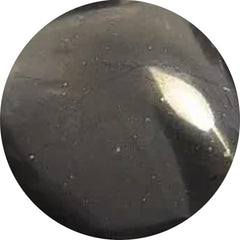 Shungite (4)
Shungite (4)
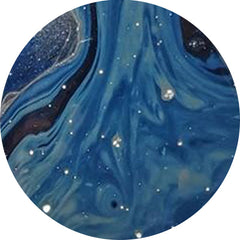 Sieber agate (0)
Sieber agate (0)
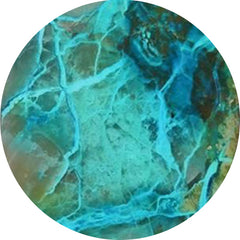 Silica (4)
Silica (4)
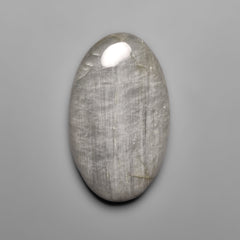 Silver leaf jasper (6)
Silver leaf jasper (6)
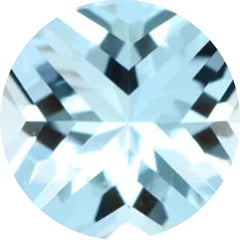 Sky blue topaz (6)
Sky blue topaz (6)
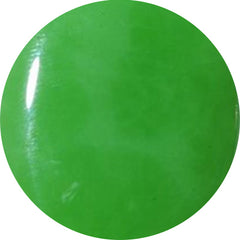 Smithsonite (29)
Smithsonite (29)
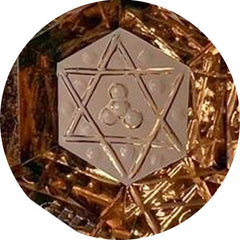 Smoky quartz (23)
Smoky quartz (23)
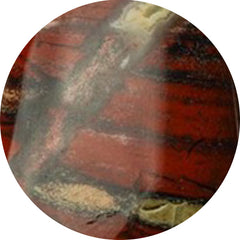 Snakeskin jasper (48)
Snakeskin jasper (48)
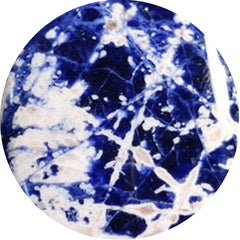 Sodalite (72)
Sodalite (72)
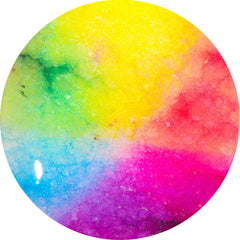 Solar agate (1)
Solar agate (1)
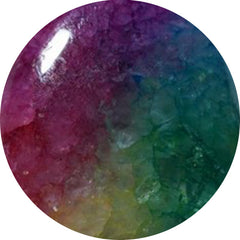 Solar quartz (51)
Solar quartz (51)
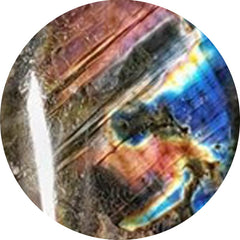 Spectrolite (122)
Spectrolite (122)
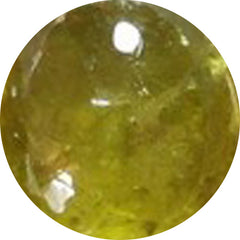 Sphence (25)
Sphence (25)
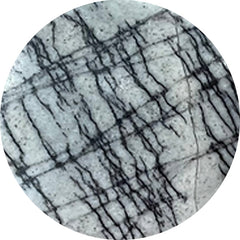 Spiderweb jasper (1)
Spiderweb jasper (1)
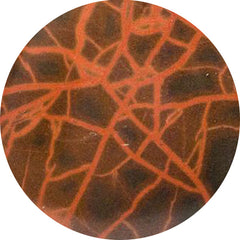 Spiderwoman jasper (0)
Spiderwoman jasper (0)
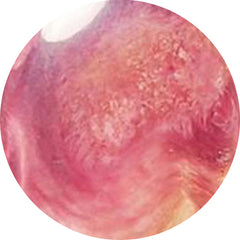 Spiny oyster shell (66)
Spiny oyster shell (66)
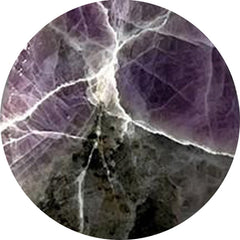 Spurrite (7)
Spurrite (7)
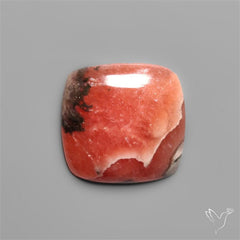 Square shape gemstones (10)
Square shape gemstones (10)
 Starburst (2)
Starburst (2)
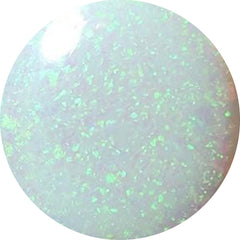 Sterling opal (11)
Sterling opal (11)
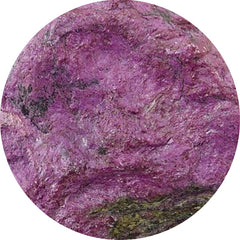 Stichtite (37)
Stichtite (37)
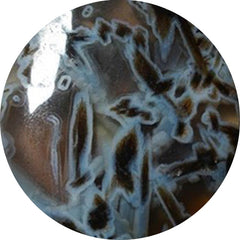 Stick agate (5)
Stick agate (5)
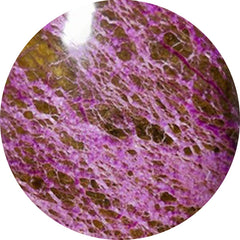 Stitchtite (121)
Stitchtite (121)
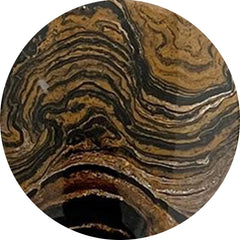 Stramatolite (0)
Stramatolite (0)
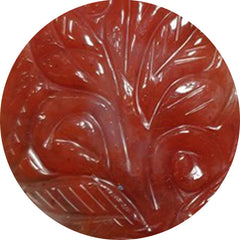 Strawberry quartz (8)
Strawberry quartz (8)
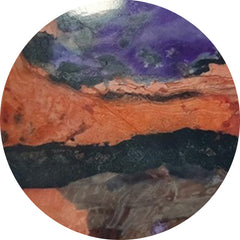 Sugilite (0)
Sugilite (0)
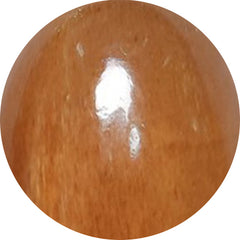 Sunstone (270)
Sunstone (270)
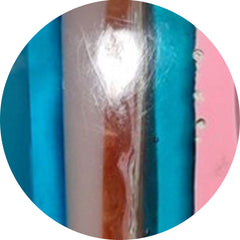 Surfite (1)
Surfite (1)
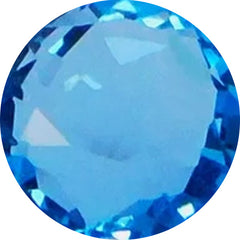 Swiss blue topaz (32)
Swiss blue topaz (32)
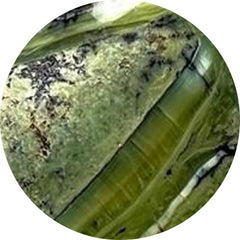 Swiss opal (3)
Swiss opal (3)
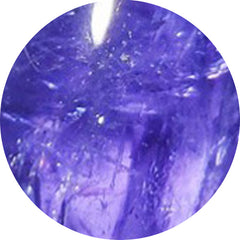 Tanzanite (51)
Tanzanite (51)
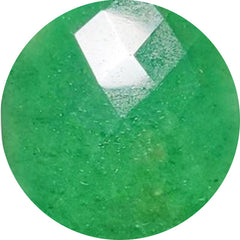 Tanzurine (12)
Tanzurine (12)
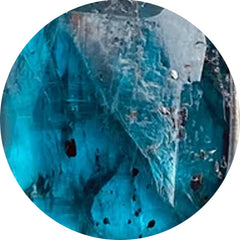 Teal kyanite (10)
Teal kyanite (10)
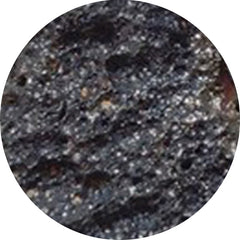 Tektite (42)
Tektite (42)
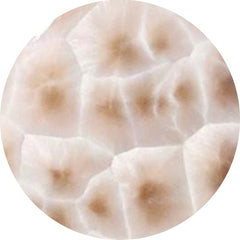 Thomsonite (35)
Thomsonite (35)
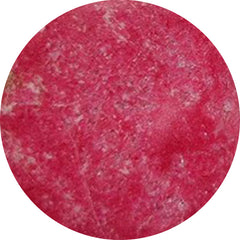 Thulite (80)
Thulite (80)
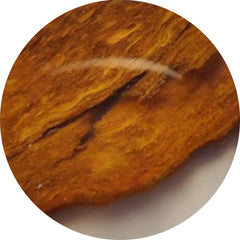 Thunder egg agate (0)
Thunder egg agate (0)
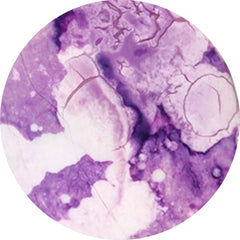 Tiffany stone (6)
Tiffany stone (6)
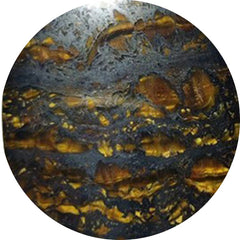 Tiger eye (66)
Tiger eye (66)
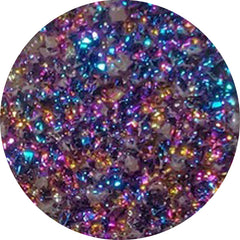 Titanium druzy (5)
Titanium druzy (5)
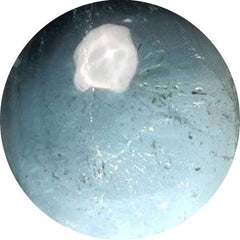 Topaz (56)
Topaz (56)
 Tourmaline (242)
Tourmaline (242)
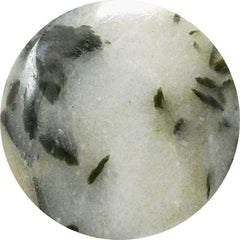 Tourmaline in quartz (86)
Tourmaline in quartz (86)
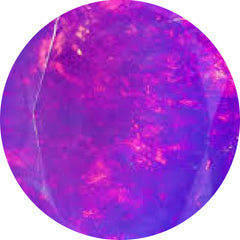 Treated opal (59)
Treated opal (59)
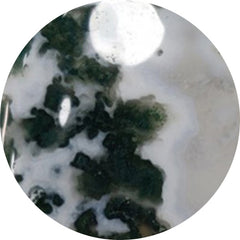 Tree agate (31)
Tree agate (31)
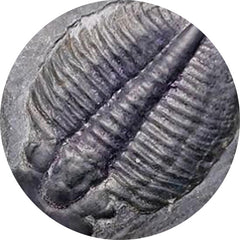 Trilobite fossil (18)
Trilobite fossil (18)
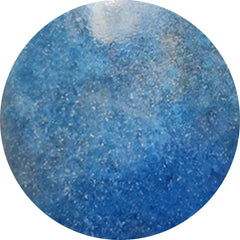 Trolleite quartz (30)
Trolleite quartz (30)
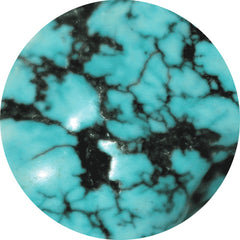 Tumbles (1)
Tumbles (1)
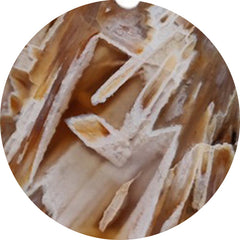 Turkish tube agate (62)
Turkish tube agate (62)
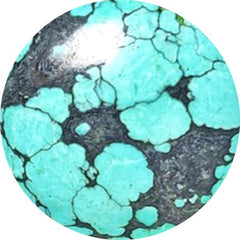 Turquoise (261)
Turquoise (261)
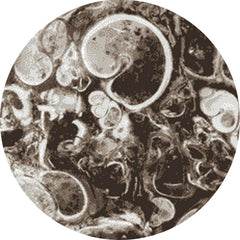 Turritella jasper (3)
Turritella jasper (3)
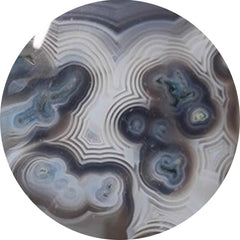 Tuxedo agate (64)
Tuxedo agate (64)
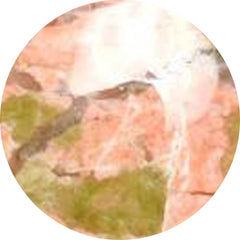 Unakite (3)
Unakite (3)
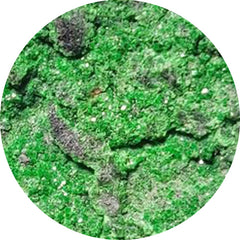 Uvarovite garnet (3)
Uvarovite garnet (3)
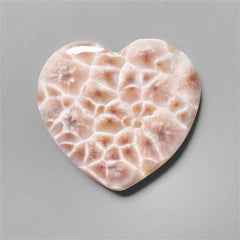 Valentine (802)
Valentine (802)
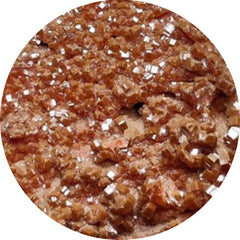 Vanadinite druzy (9)
Vanadinite druzy (9)
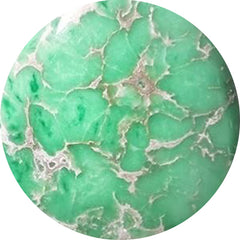 Variscite (137)
Variscite (137)
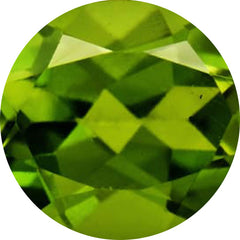 Vesuvianite (1)
Vesuvianite (1)
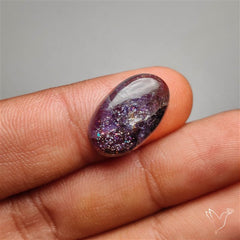 Video collection (264)
Video collection (264)
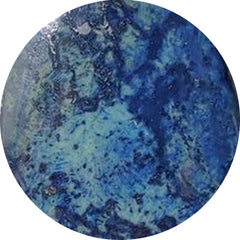 Vivianite (1)
Vivianite (1)
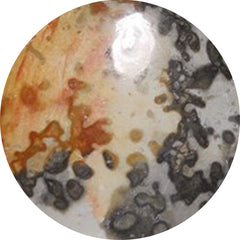 Volcanic cotham marble (7)
Volcanic cotham marble (7)
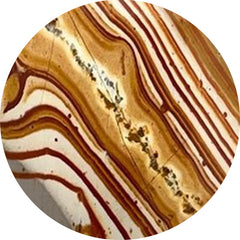 Wagul jasper (3)
Wagul jasper (3)
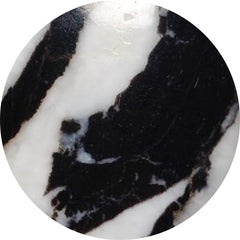 White buffalo turquoise (13)
White buffalo turquoise (13)
 White gemstones (1216)
White gemstones (1216)
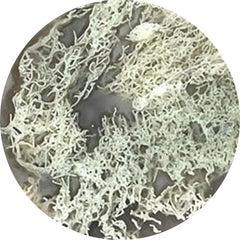 White horse canyon (45)
White horse canyon (45)
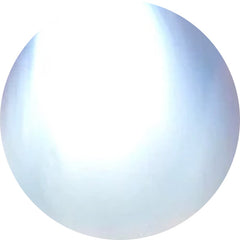 White moonstone (35)
White moonstone (35)
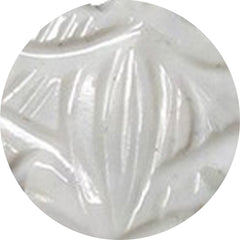 White opal (11)
White opal (11)
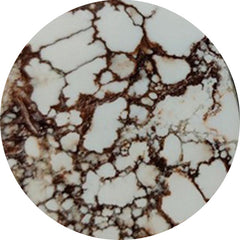 Wild horse jasper (116)
Wild horse jasper (116)
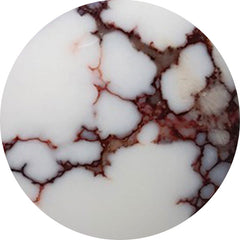 Wild horse magnesite (49)
Wild horse magnesite (49)
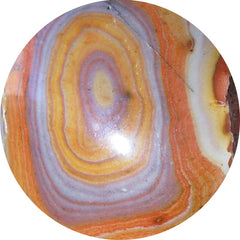 Wonder stone (0)
Wonder stone (0)
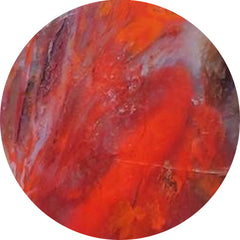 Wood (208)
Wood (208)
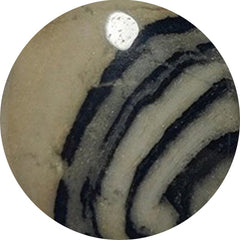 Yavapai travertine (0)
Yavapai travertine (0)
 Yellow gemstones (173)
Yellow gemstones (173)
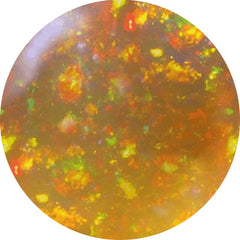 Yellow opal (7)
Yellow opal (7)
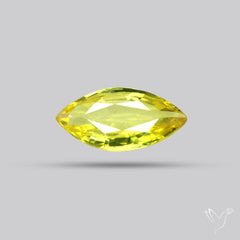 Yellow sapphire (6)
Yellow sapphire (6)
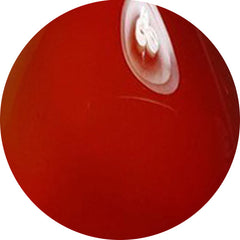 Yemeni aqeeq (0)
Yemeni aqeeq (0)
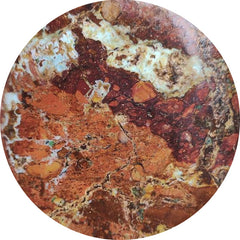 Zarinite (0)
Zarinite (0)
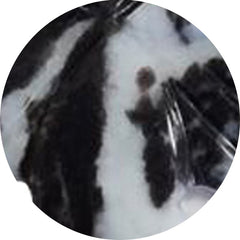 Zebra jasper (1)
Zebra jasper (1)
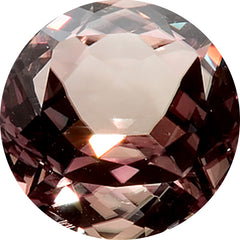 Zultanite (4)
Zultanite (4)











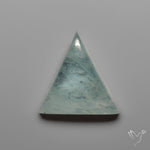
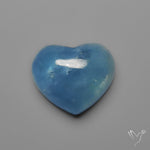
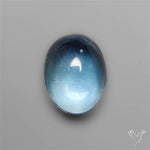
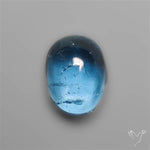
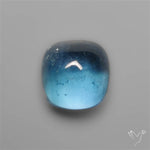
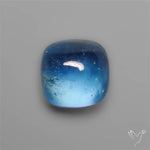


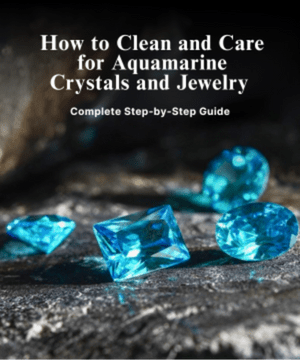




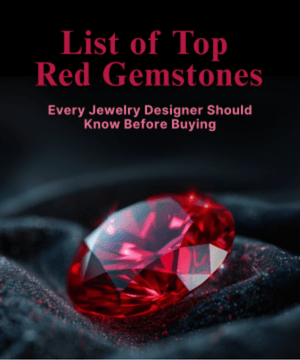
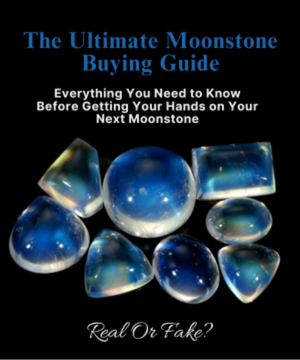
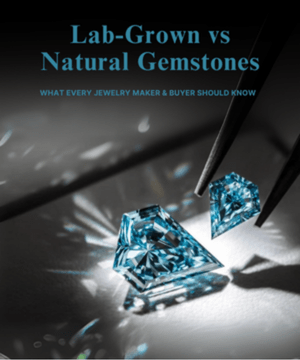
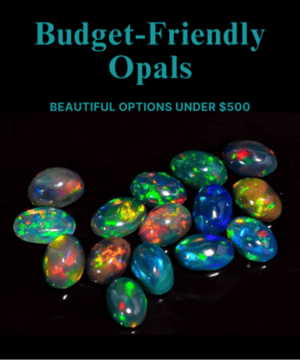


Leave a Comment